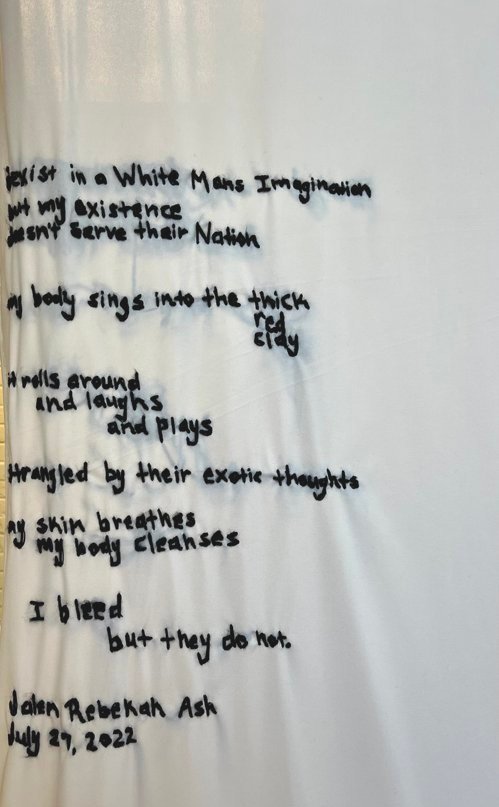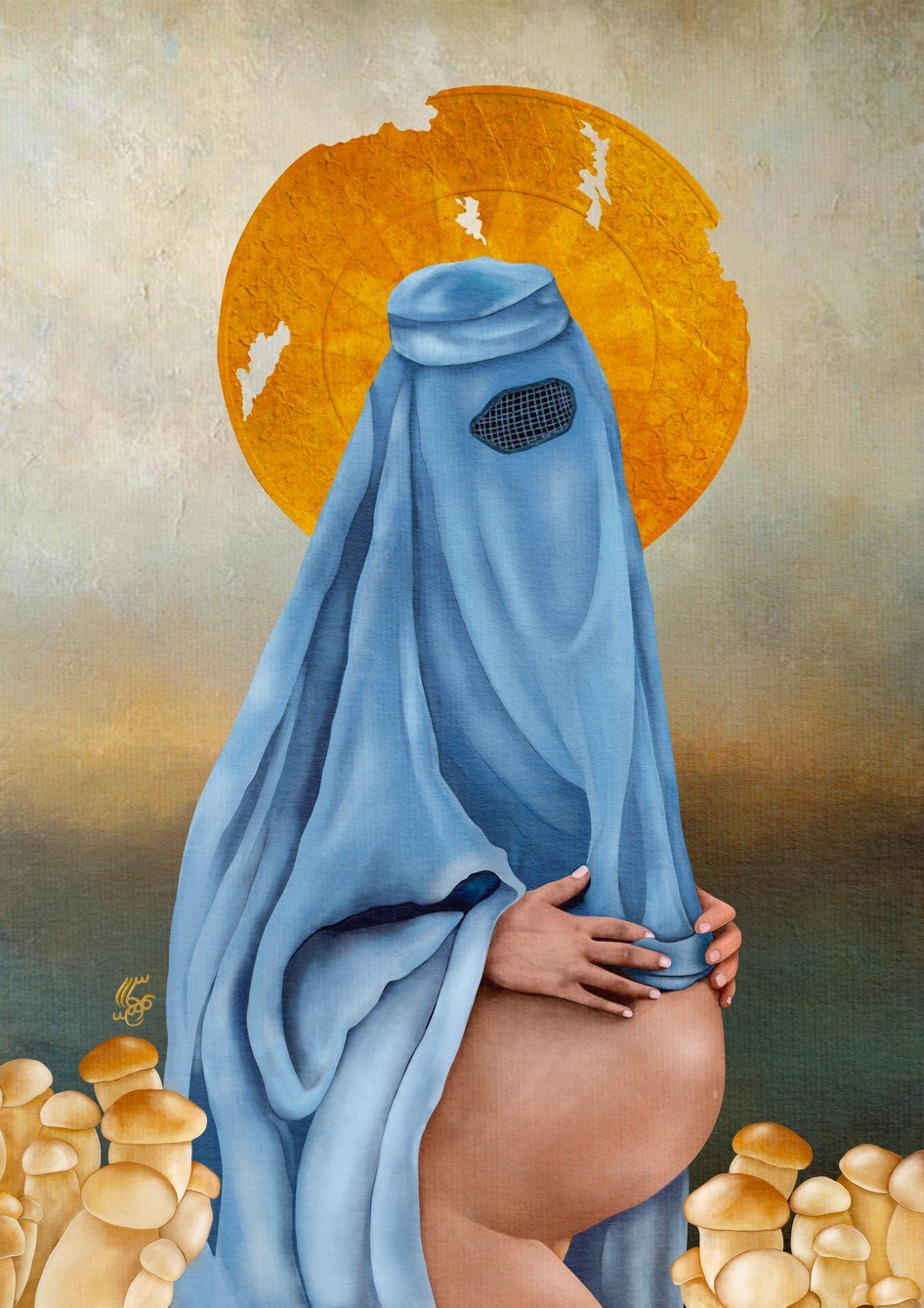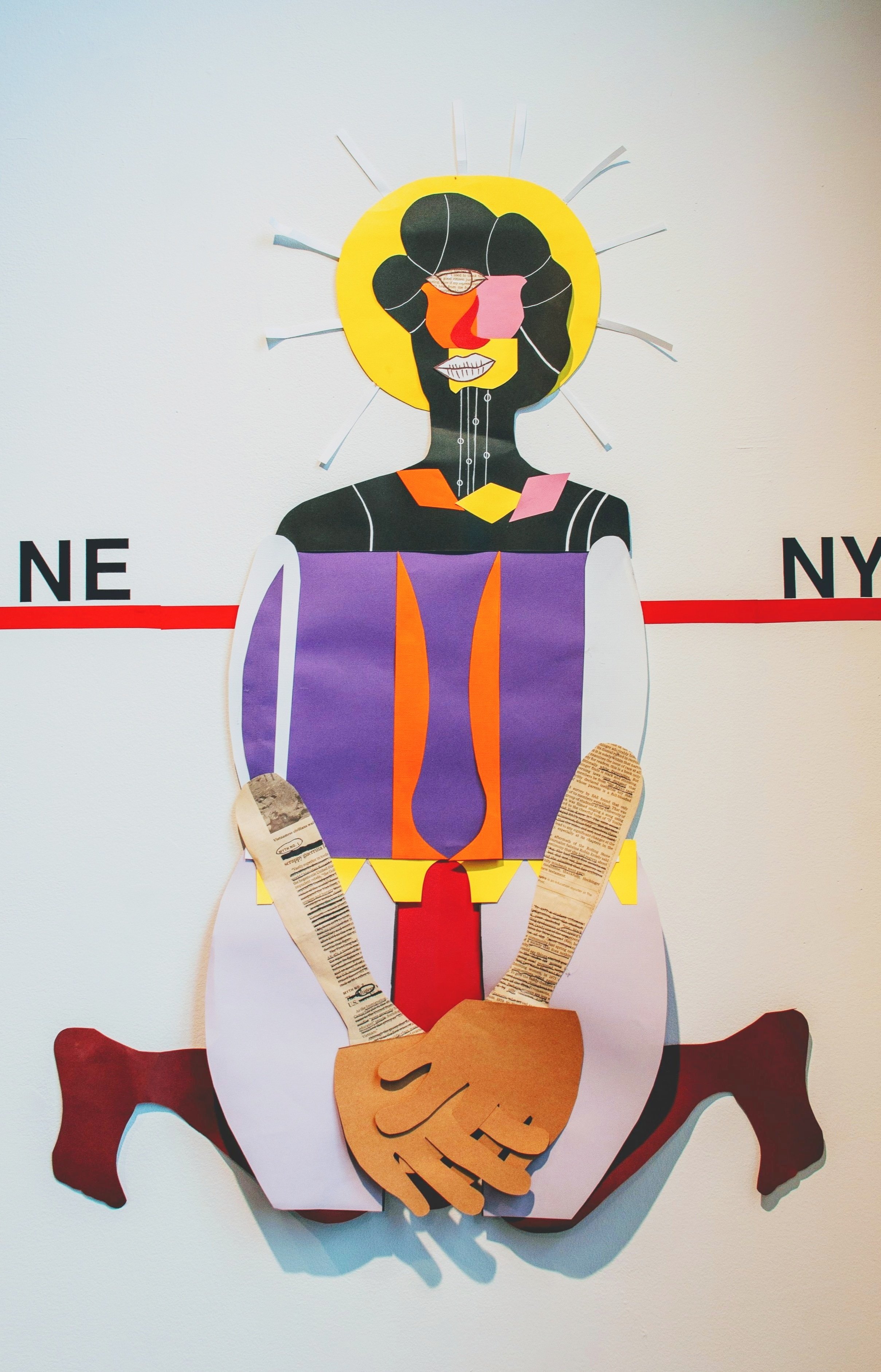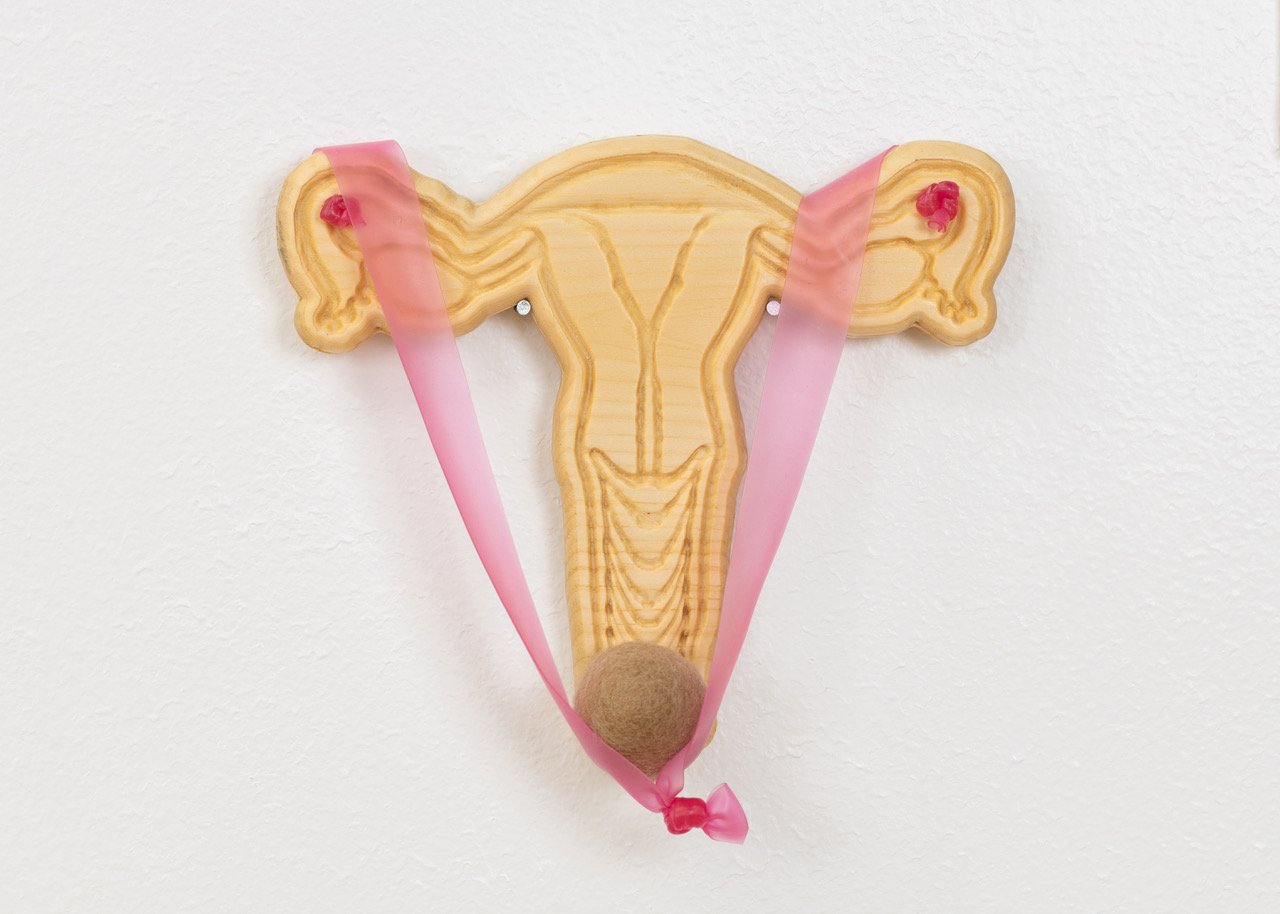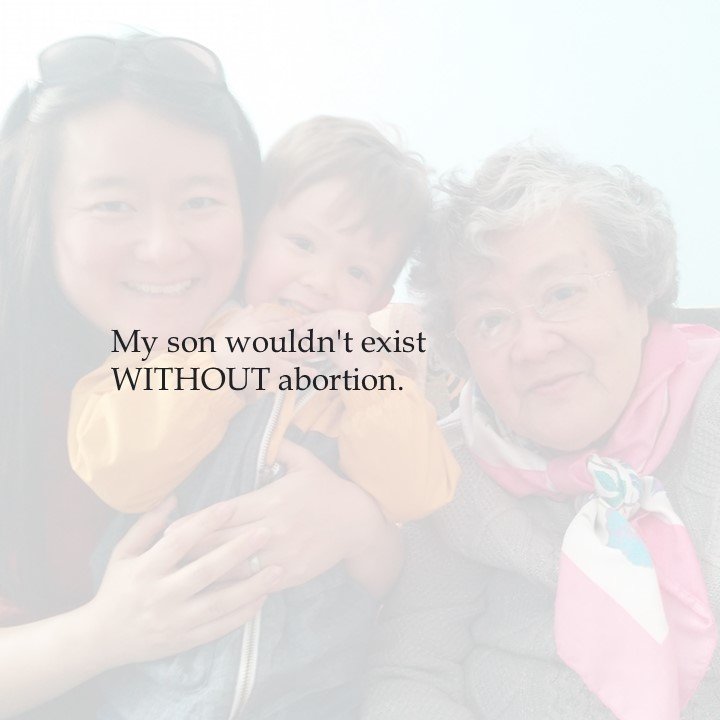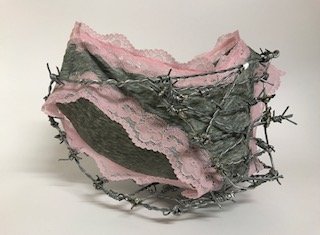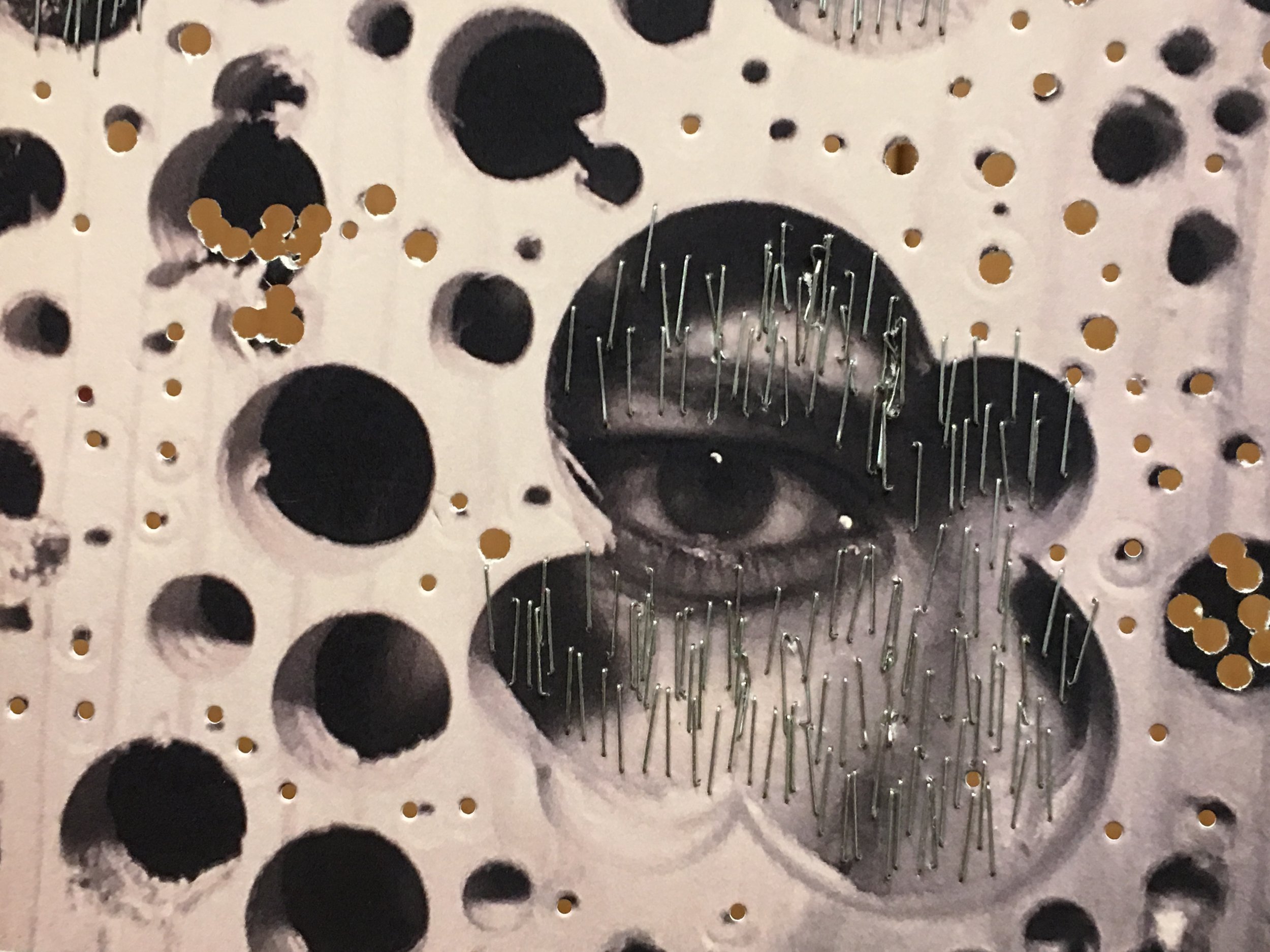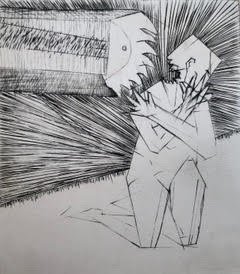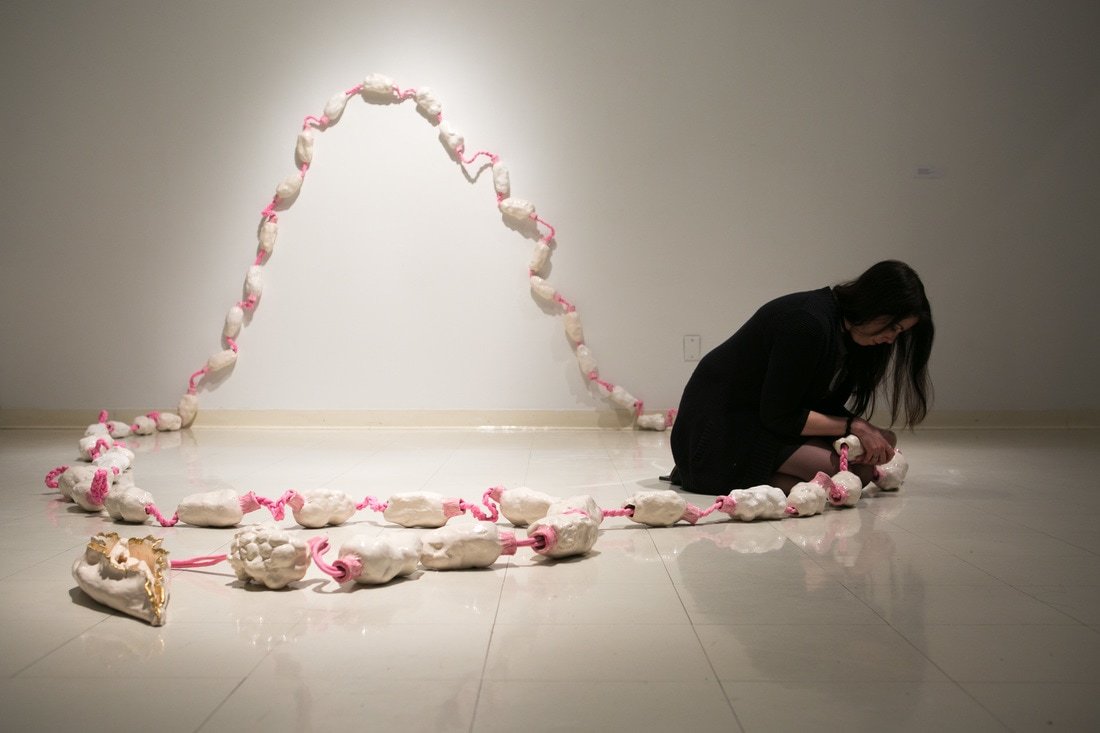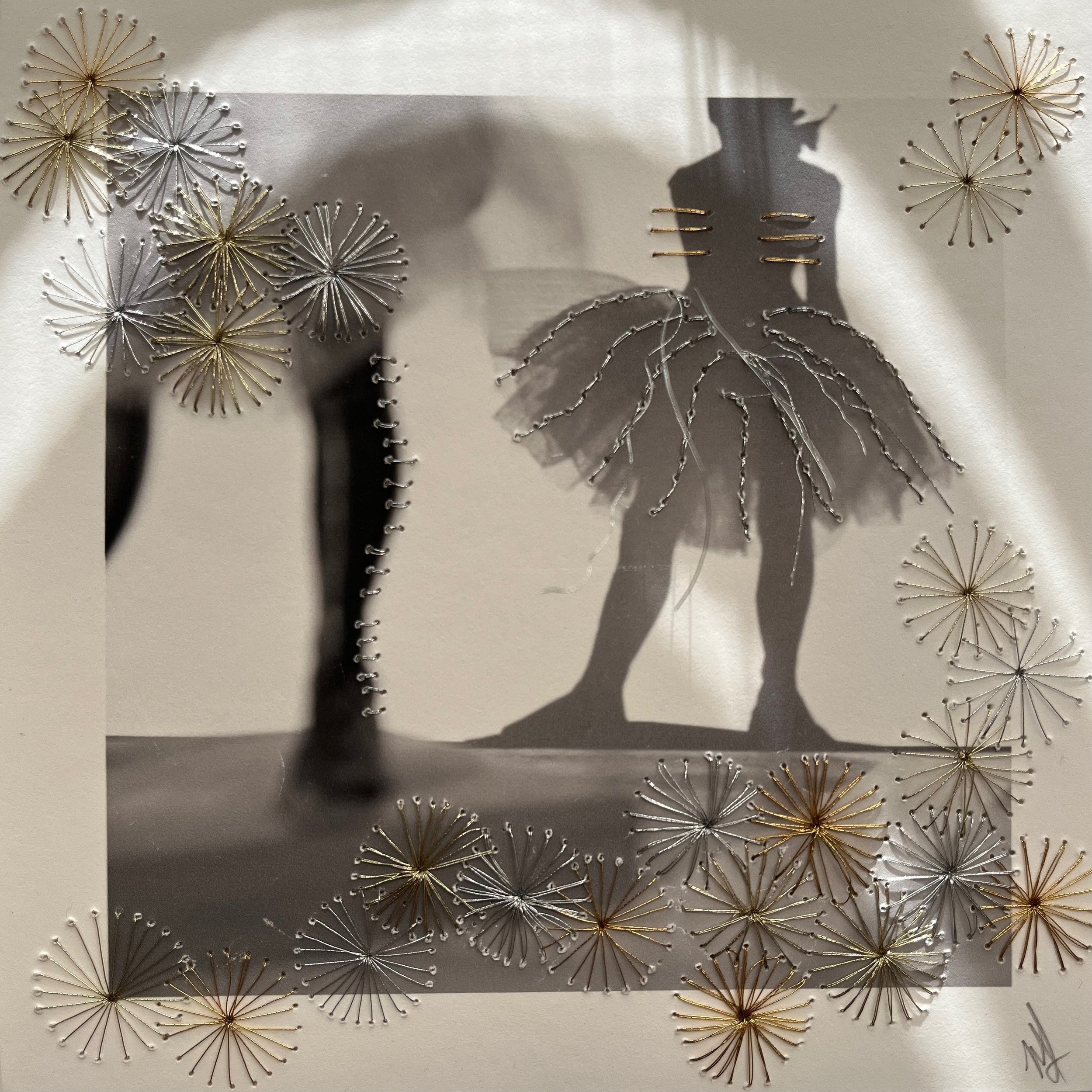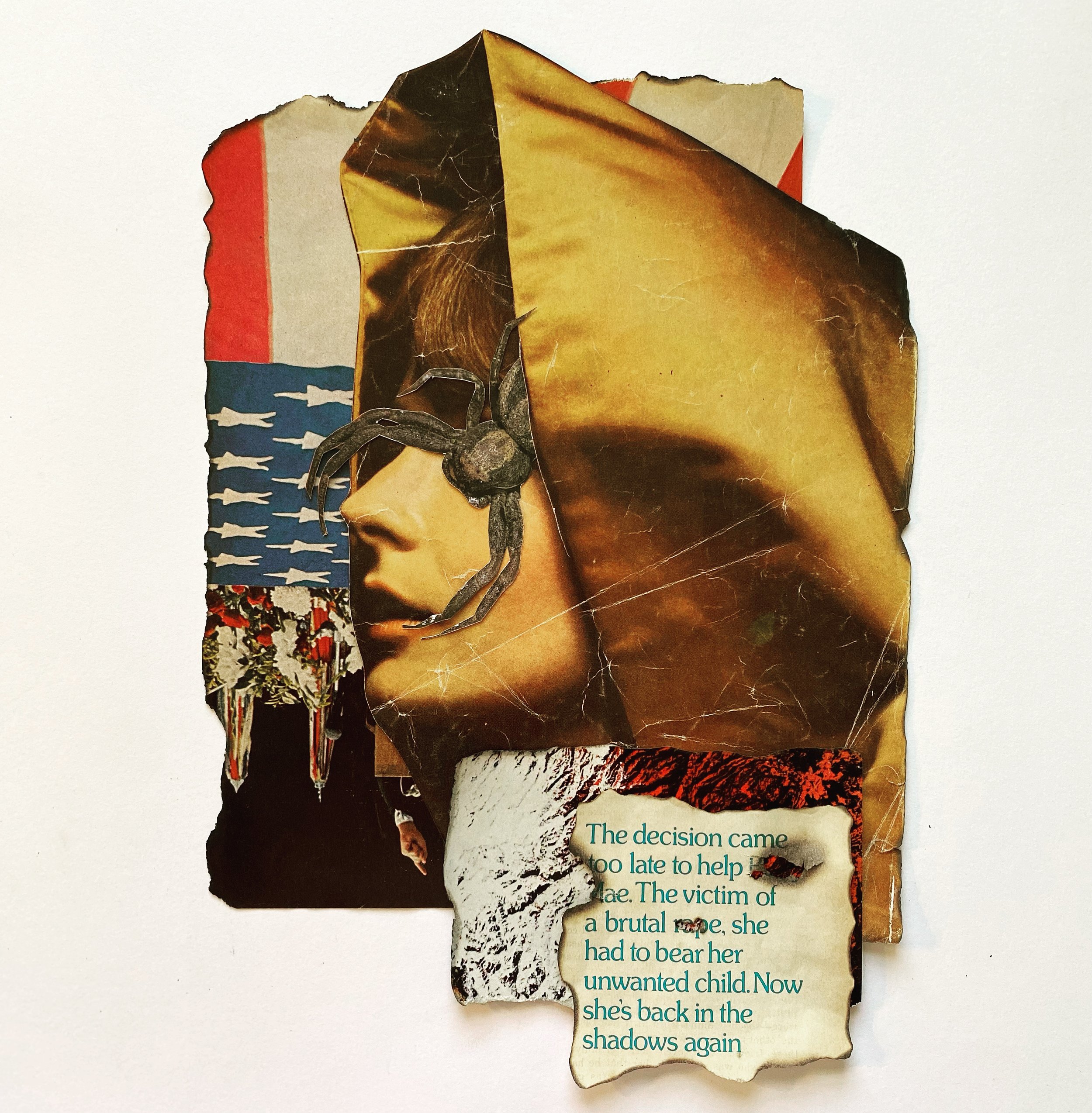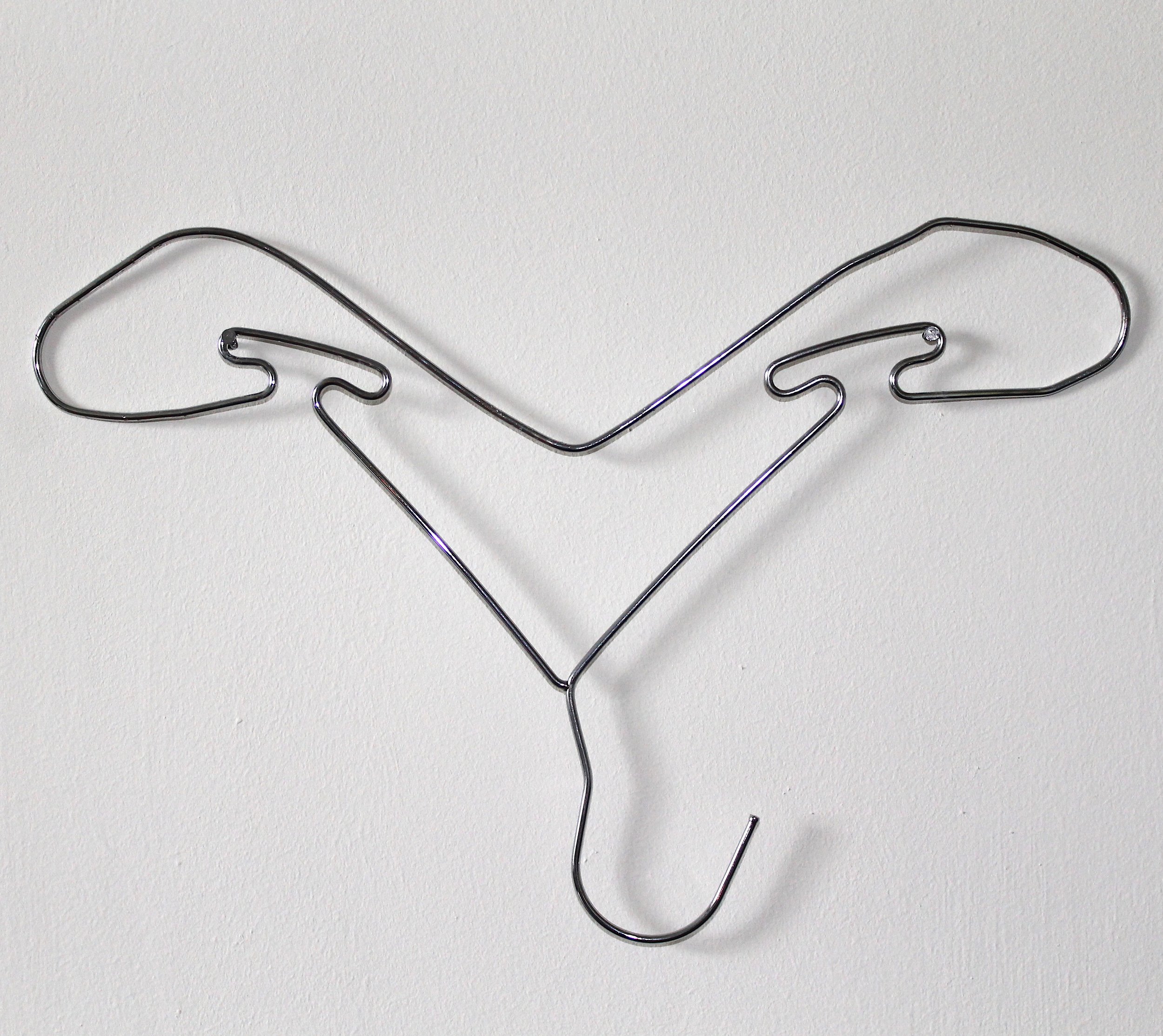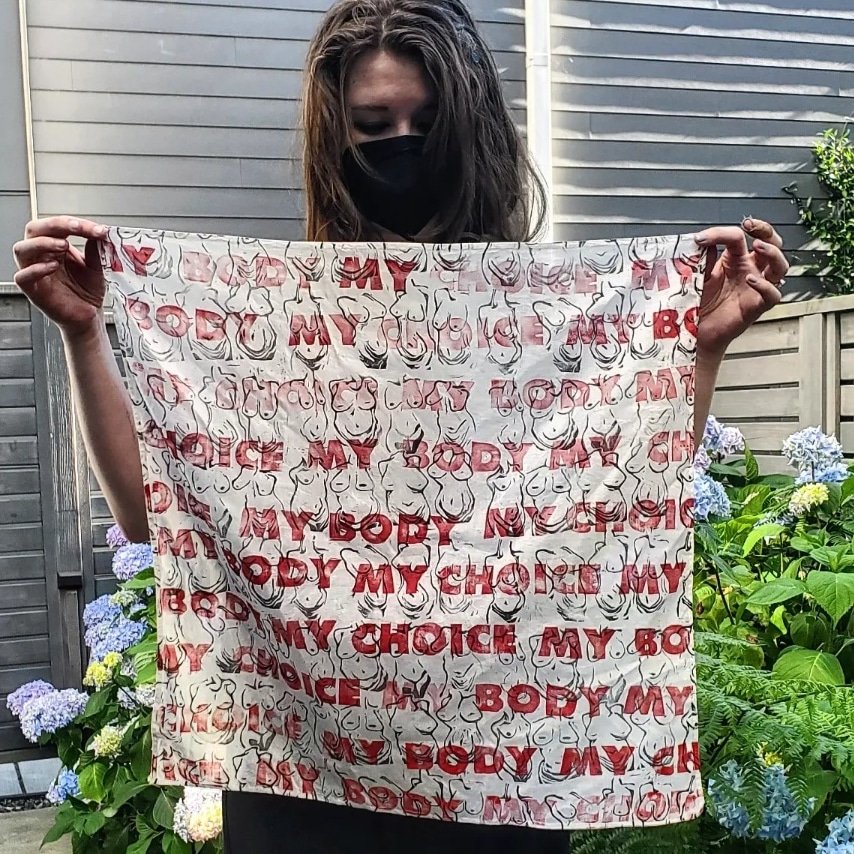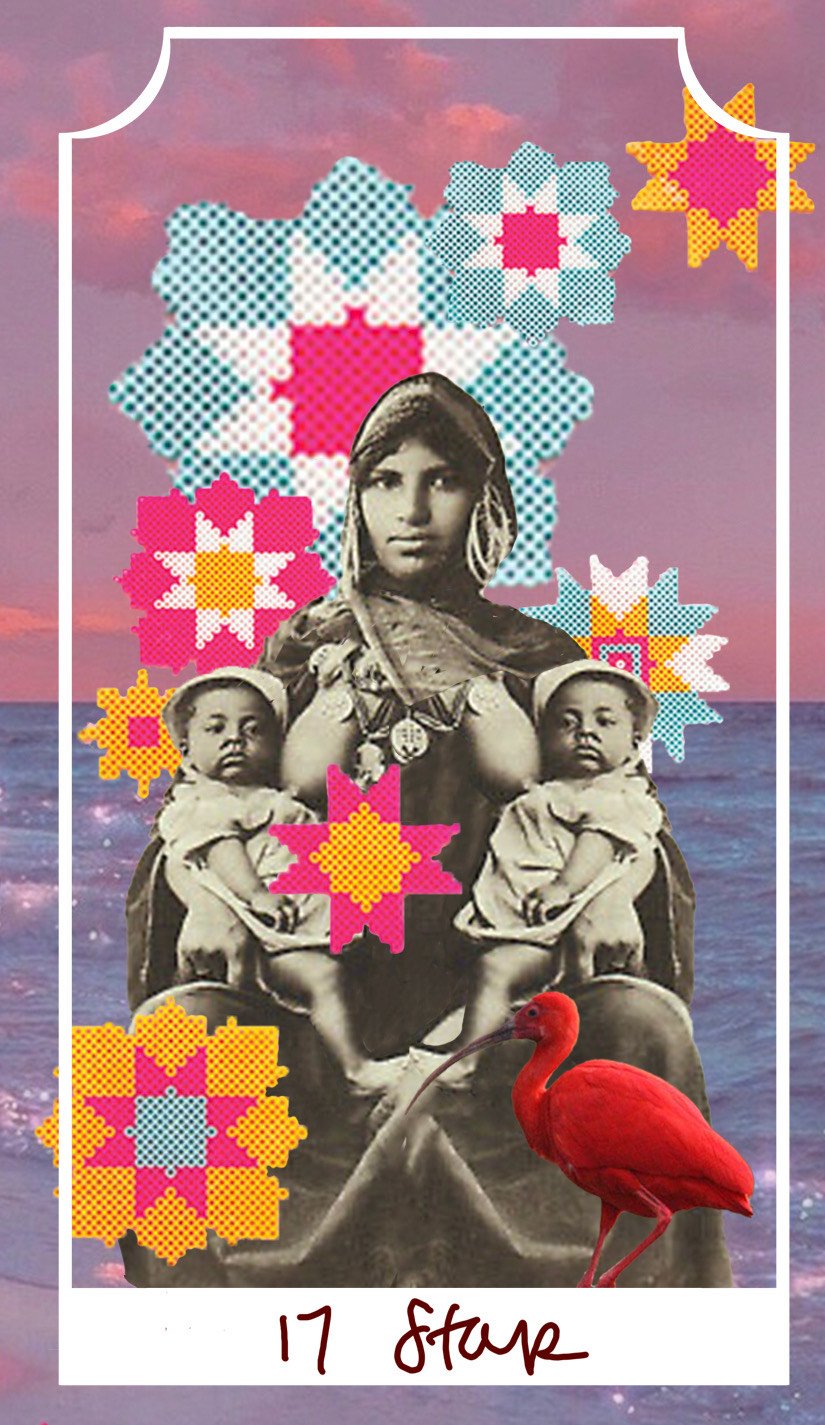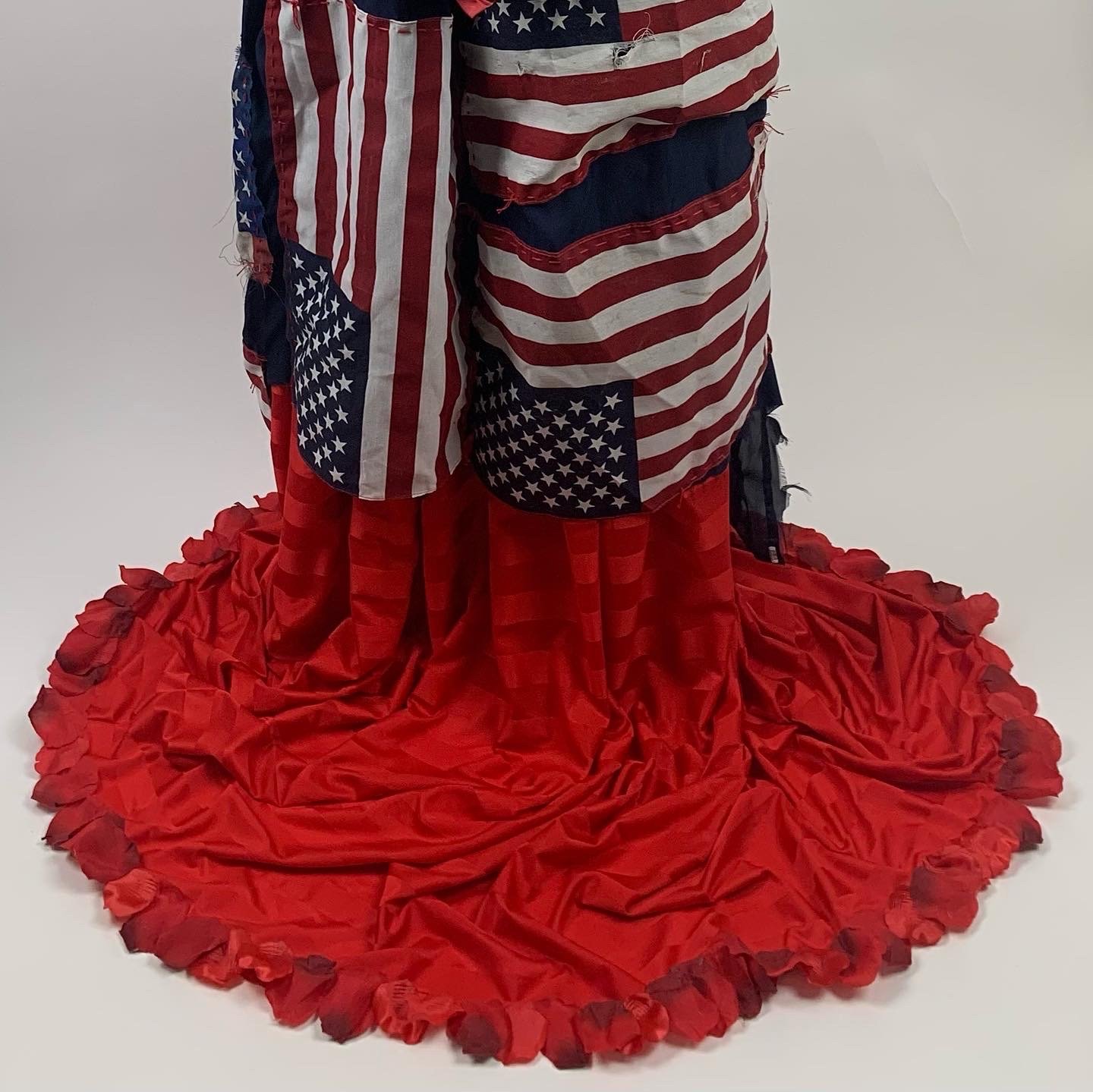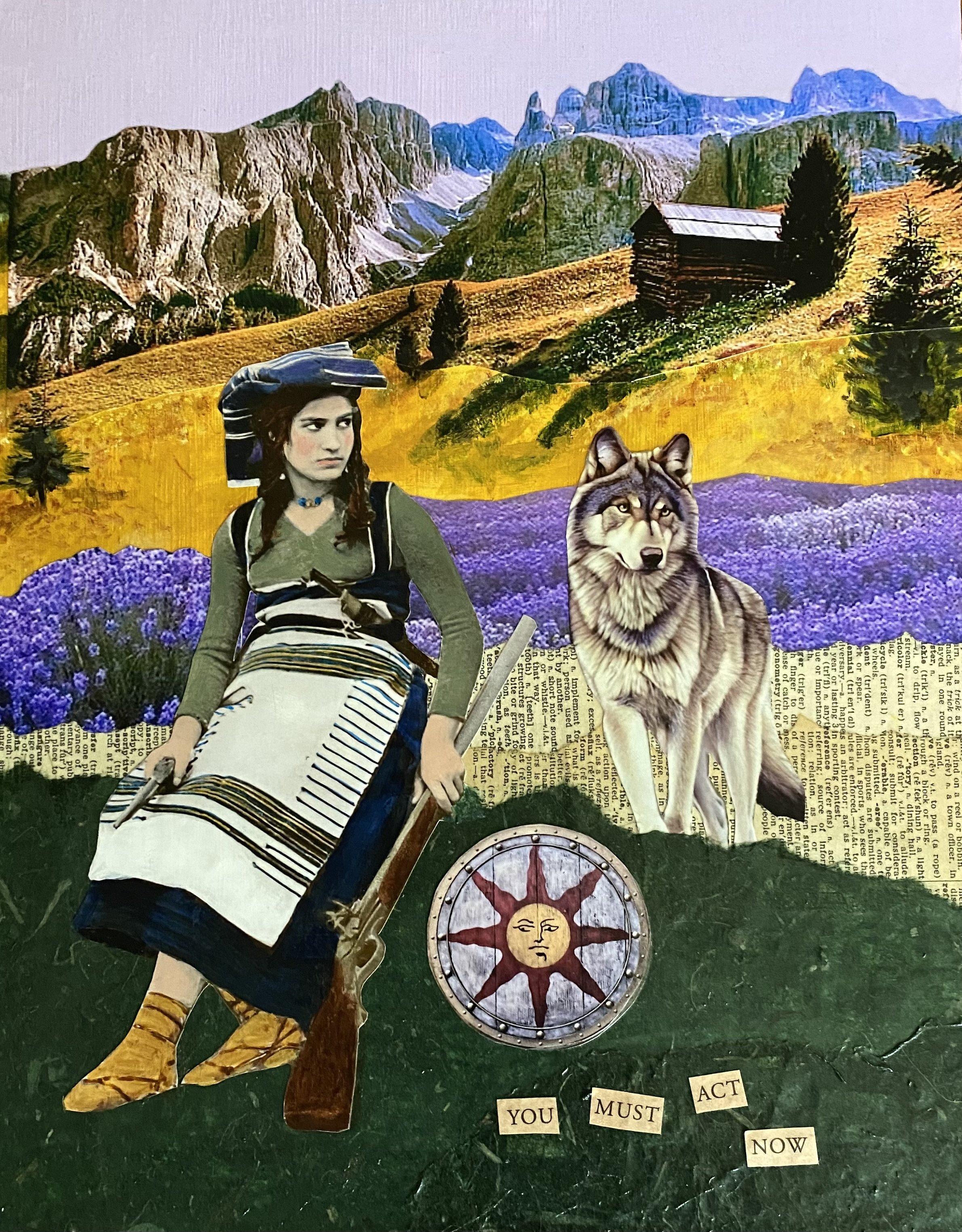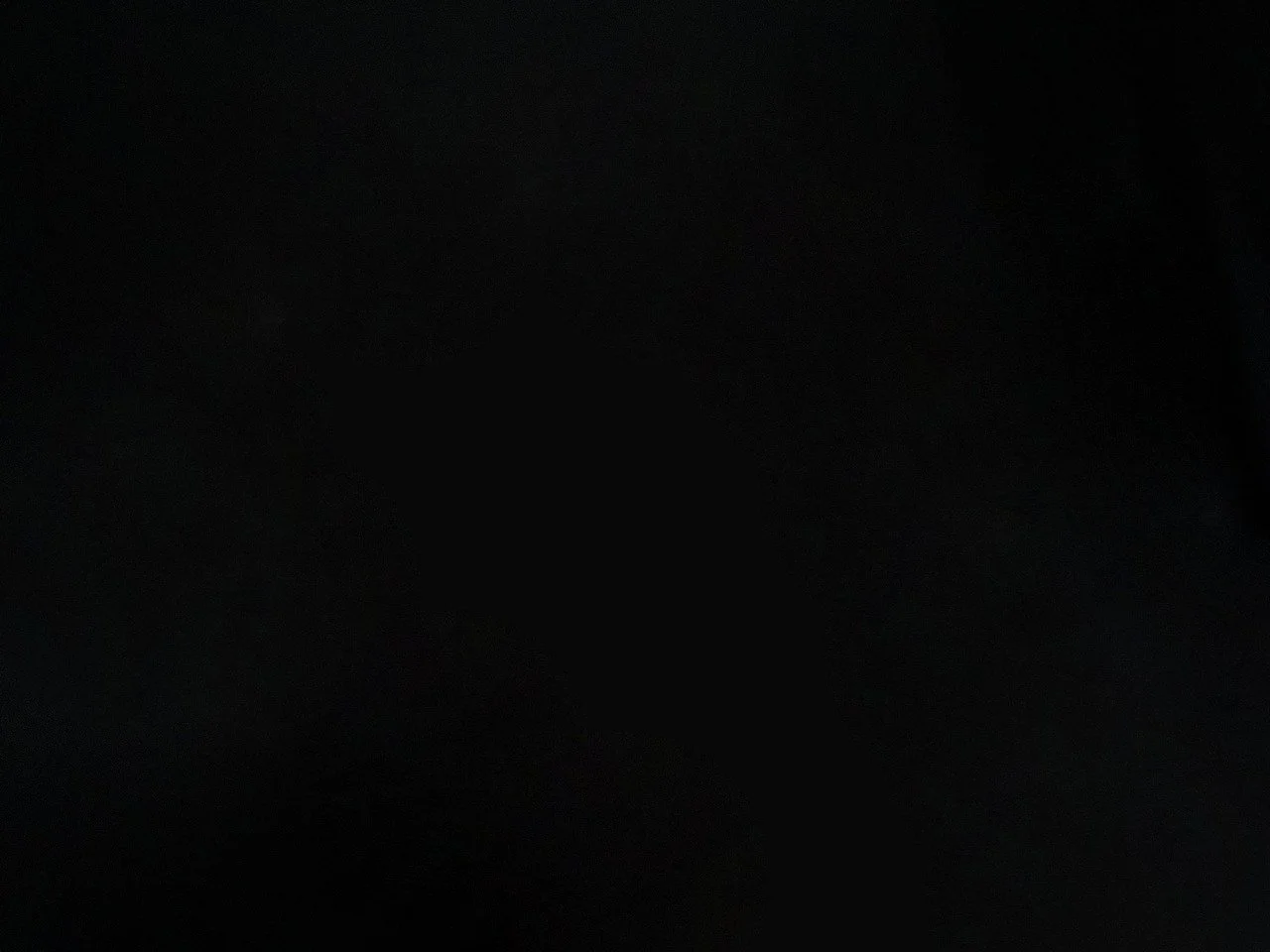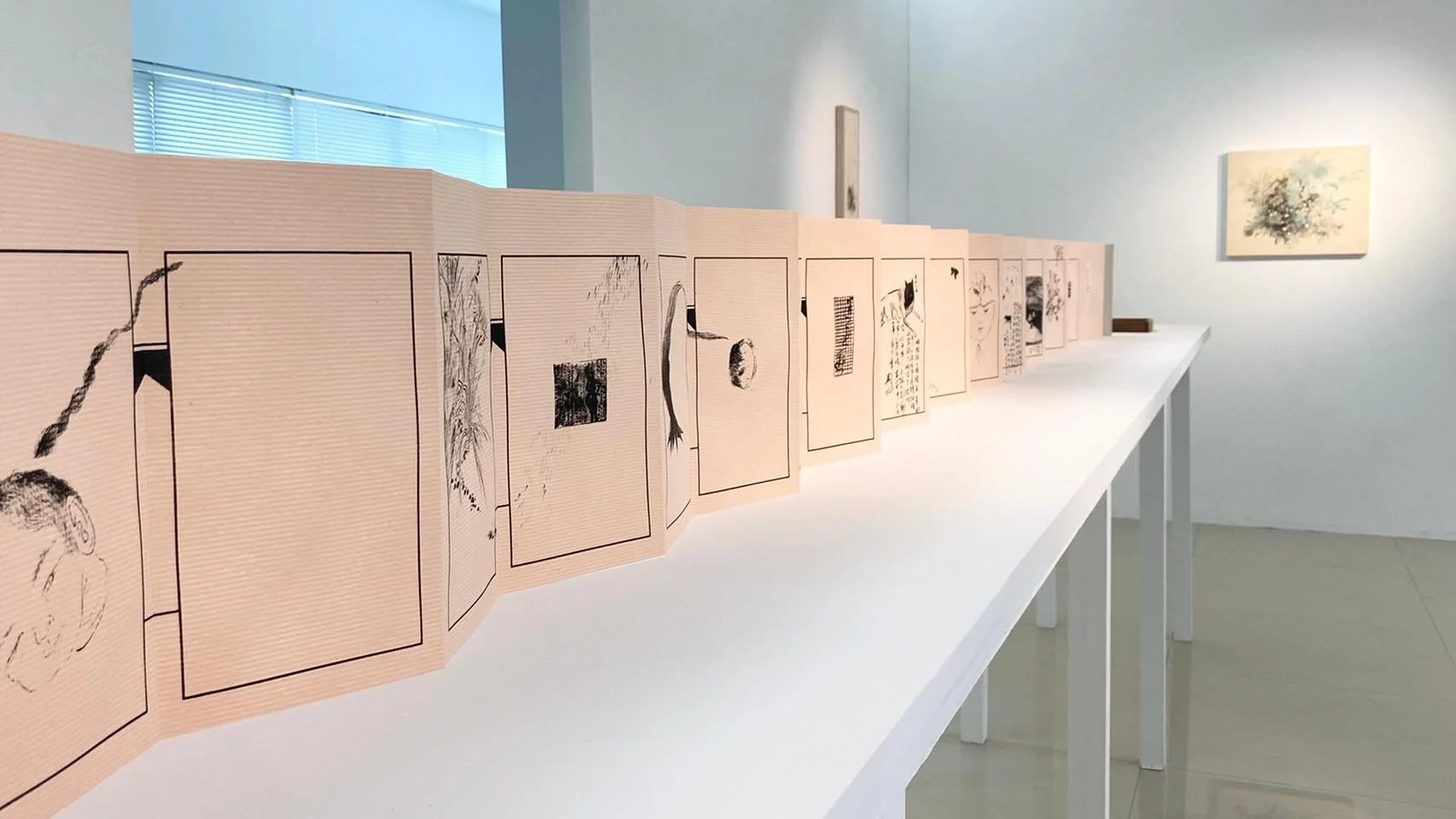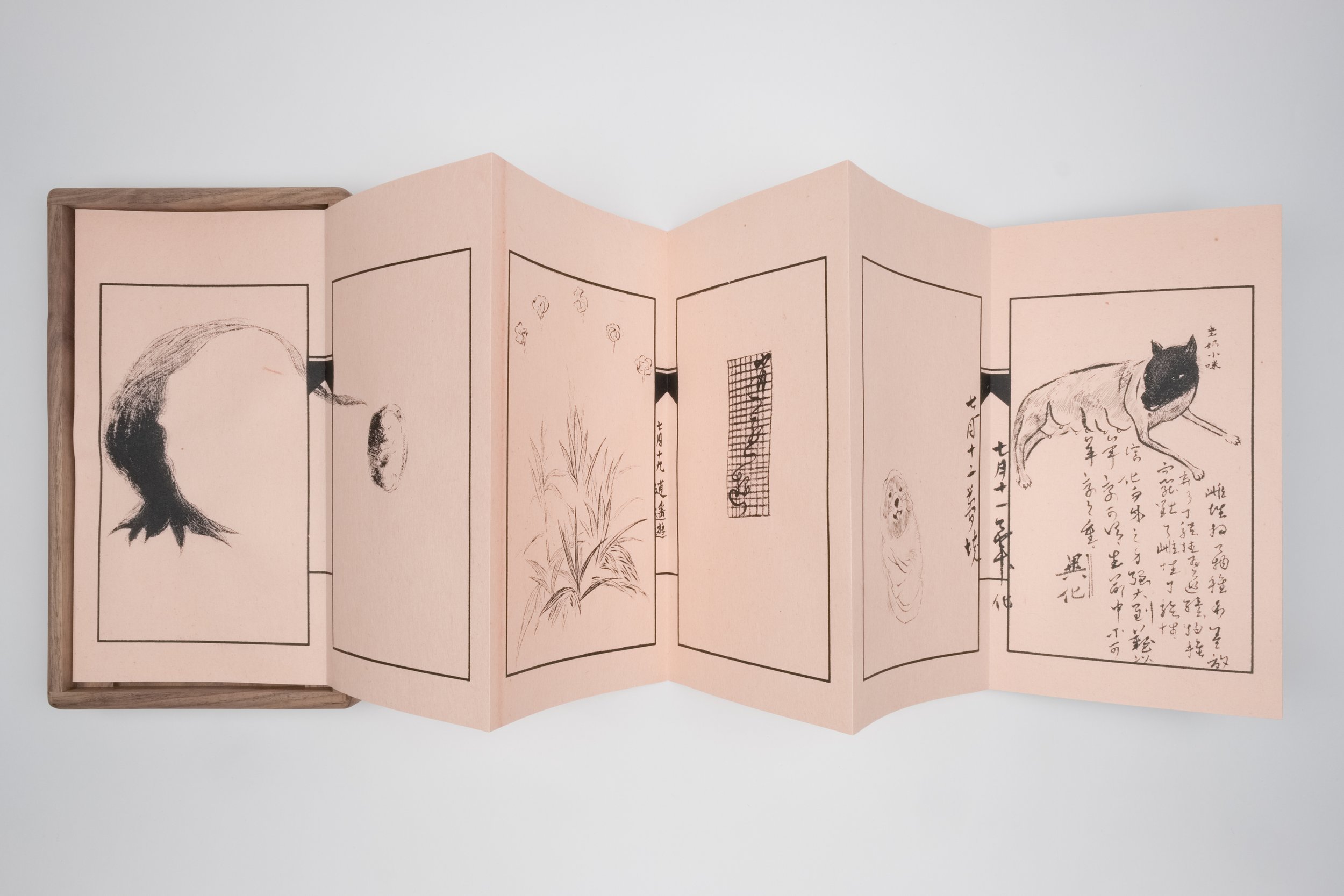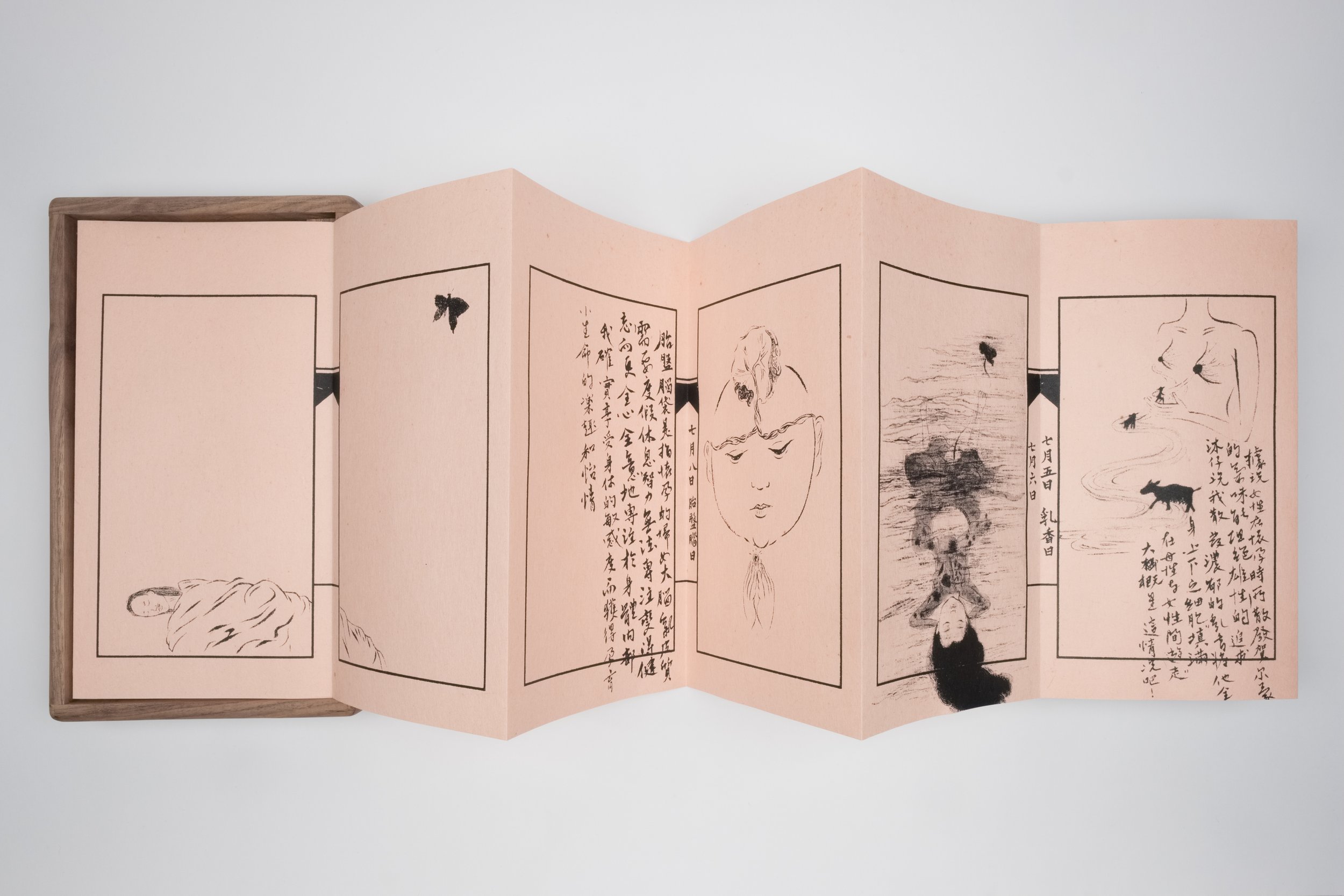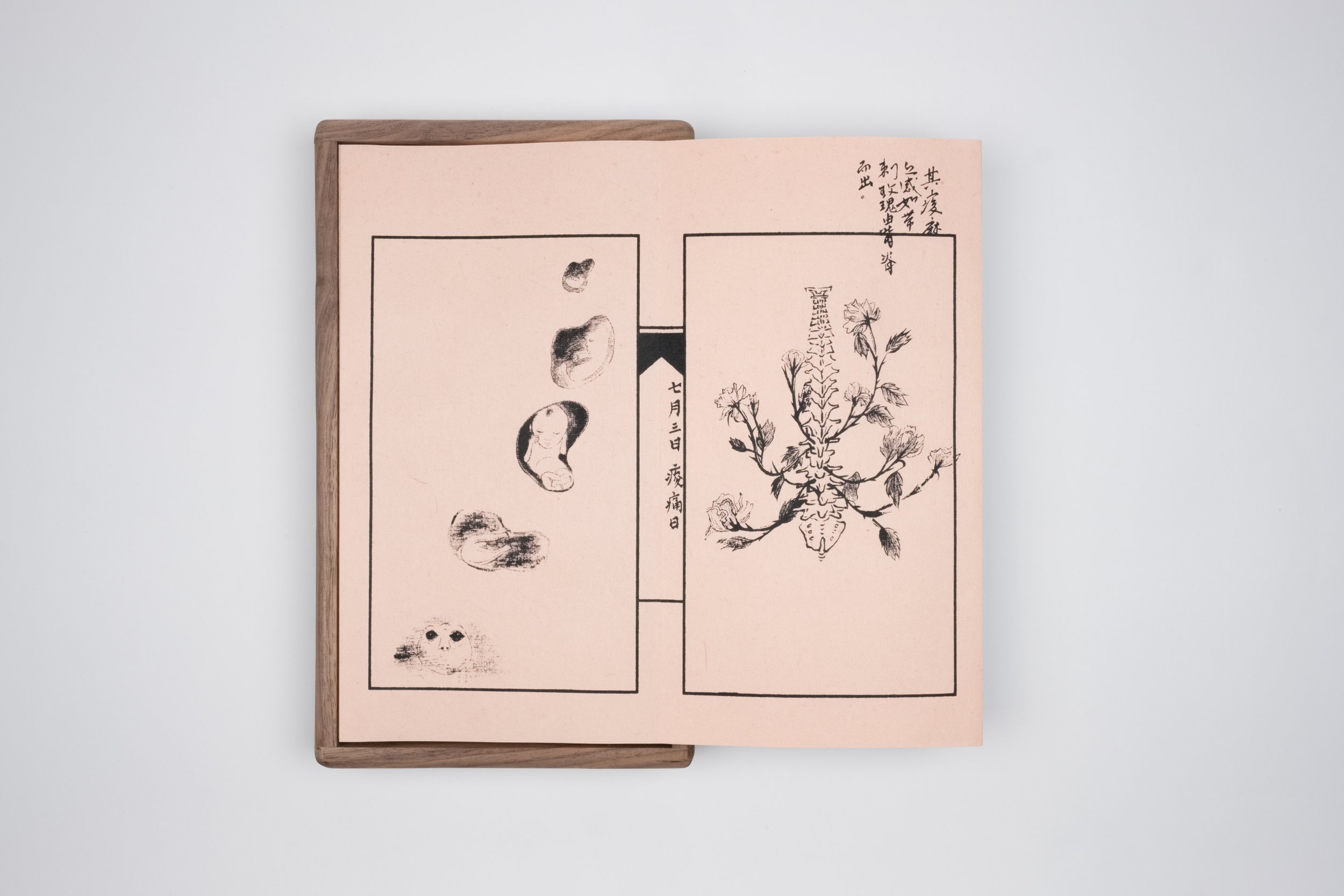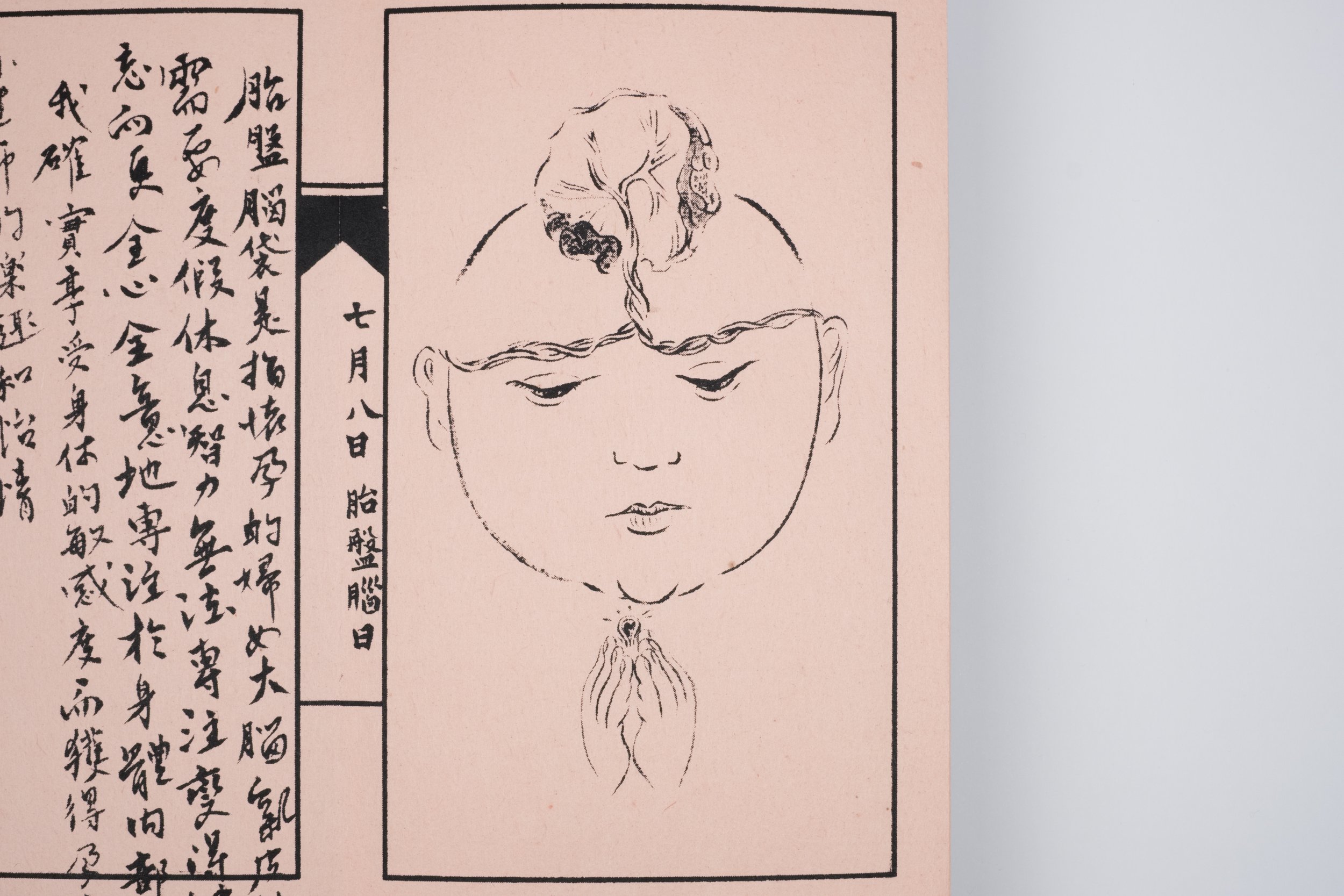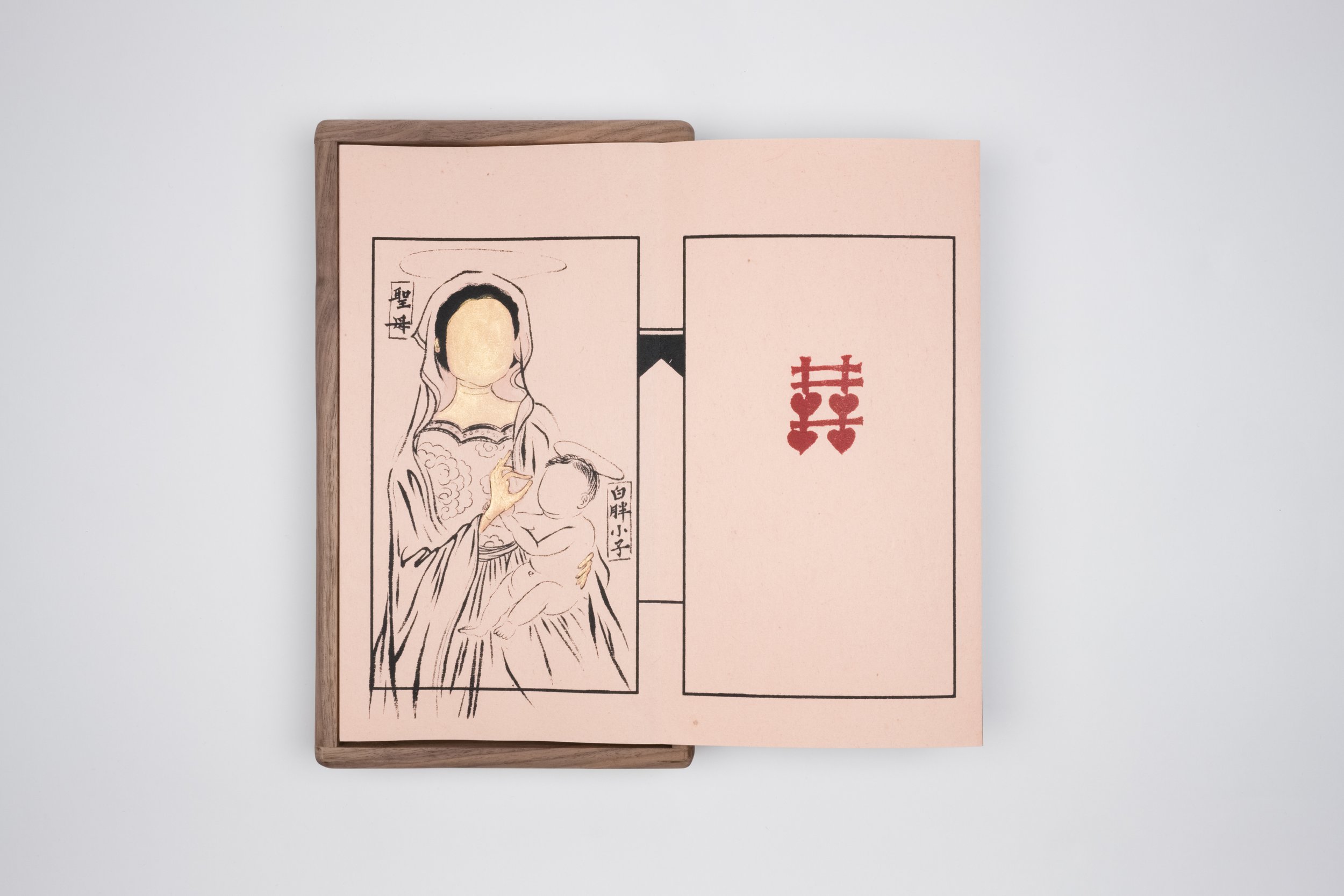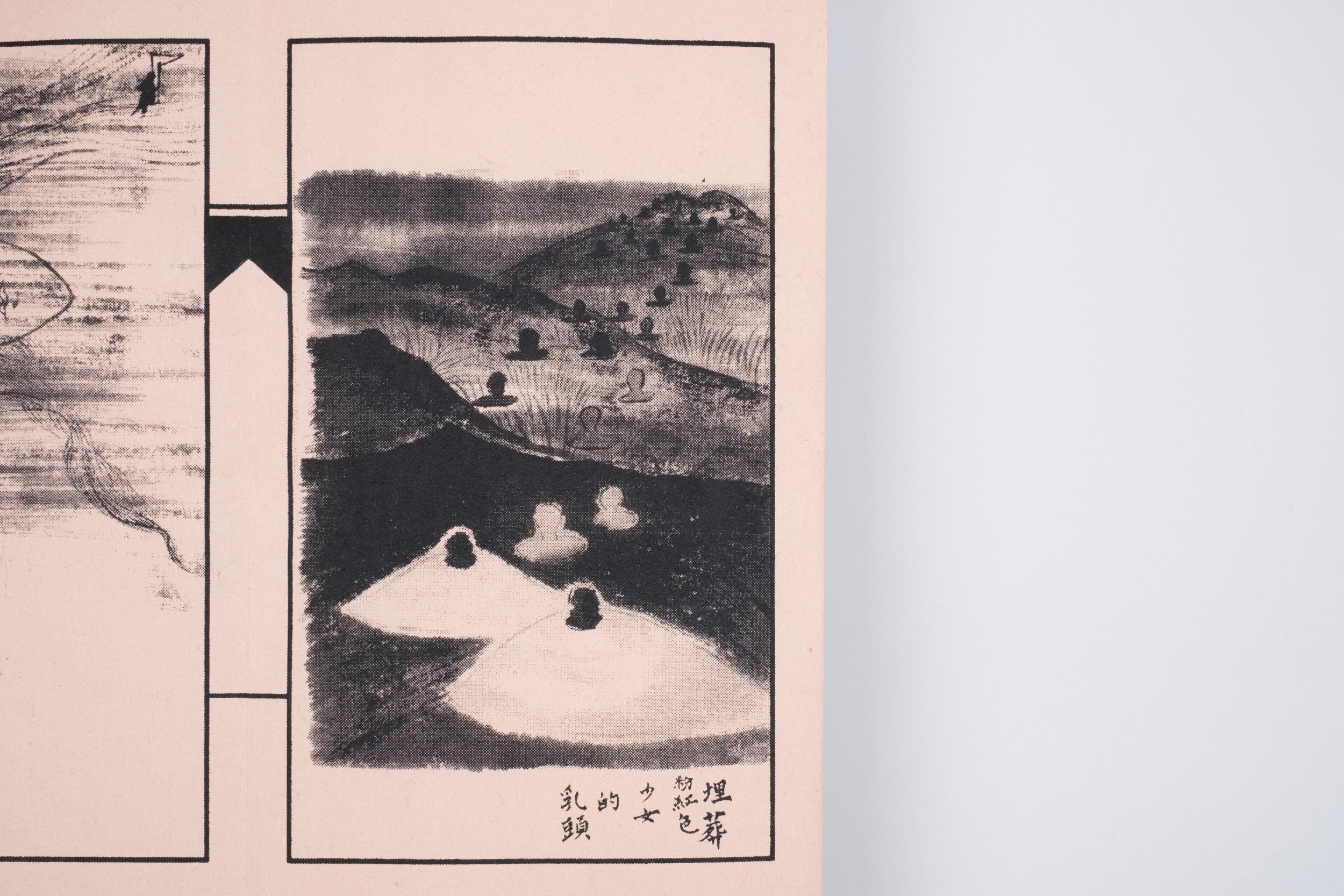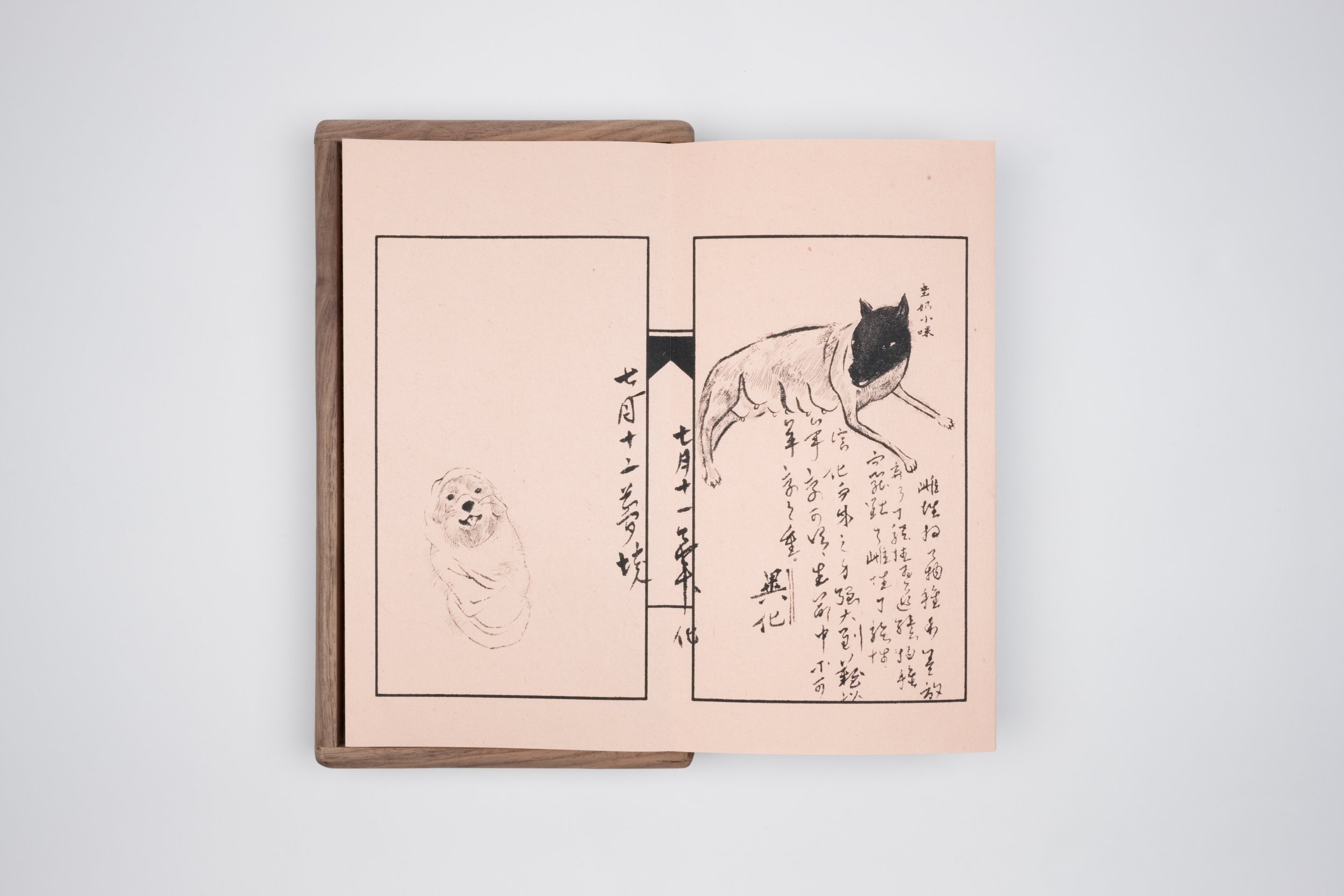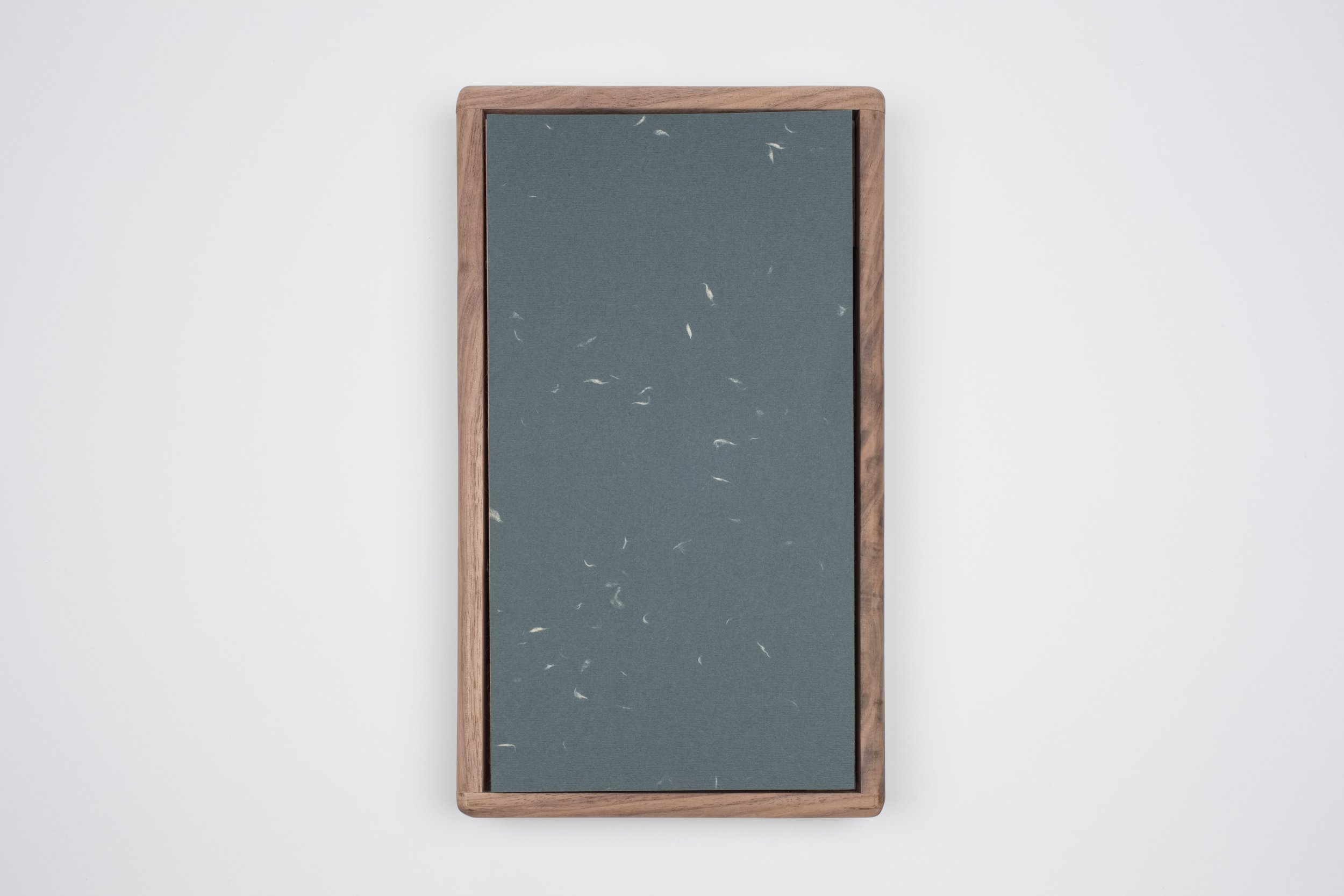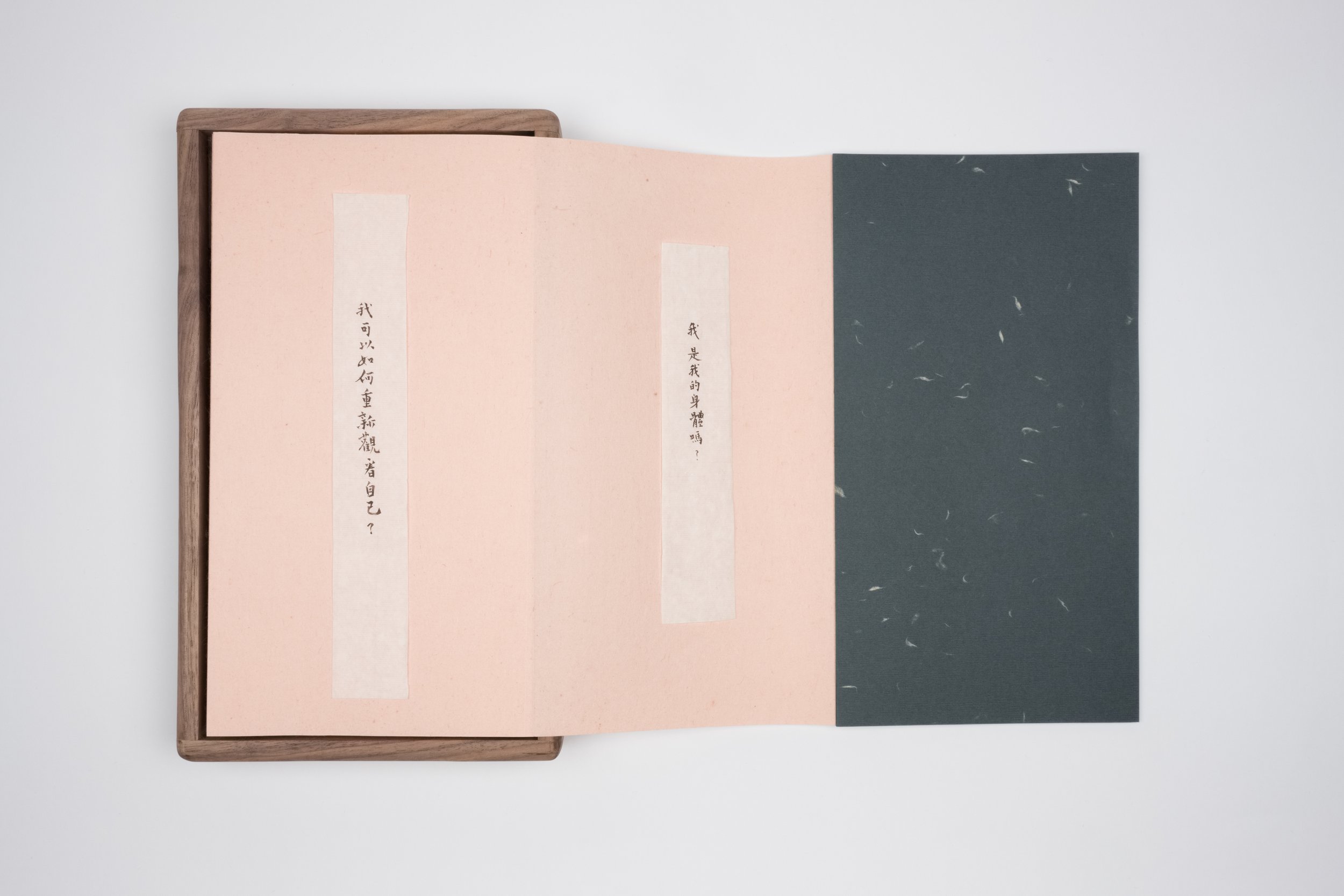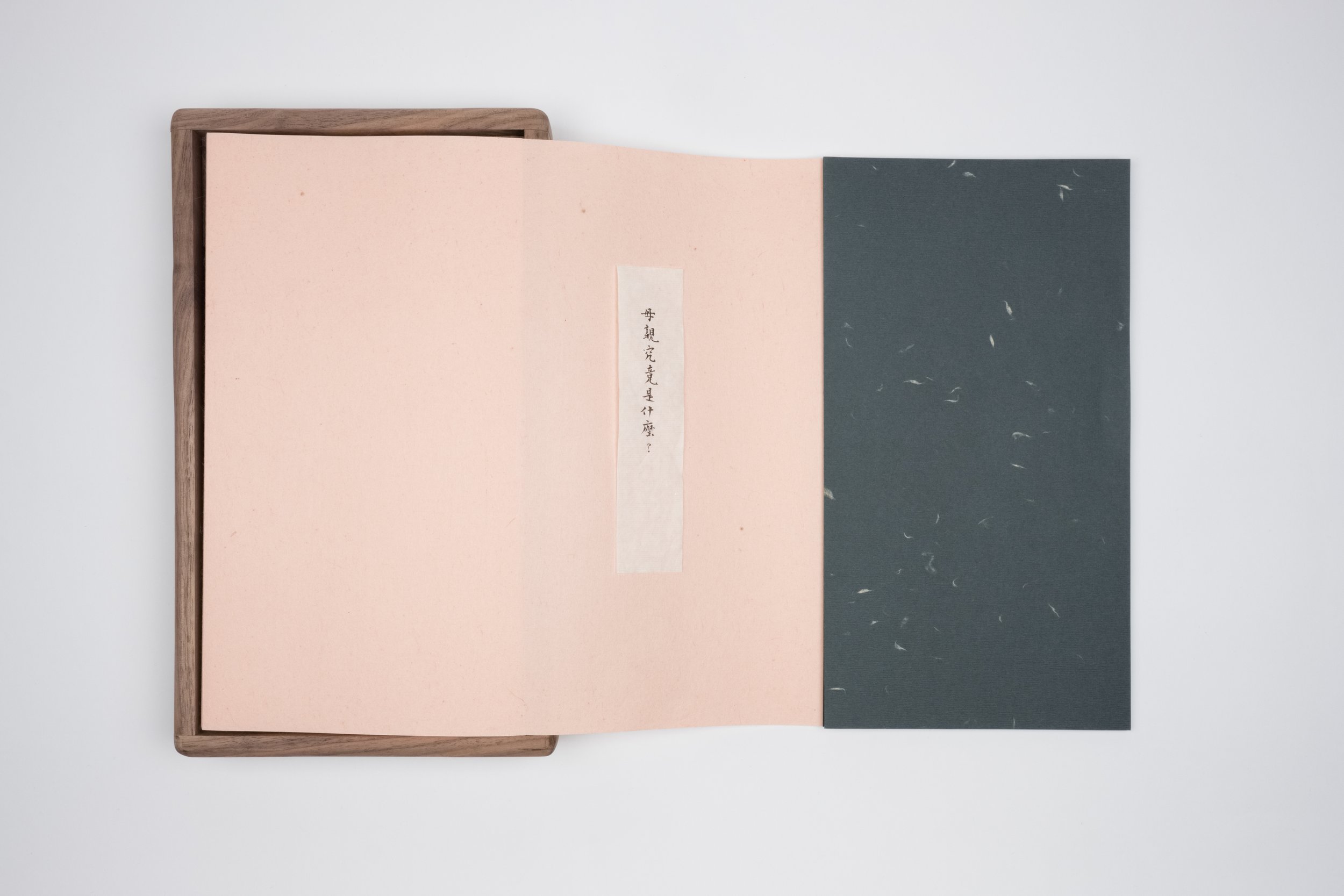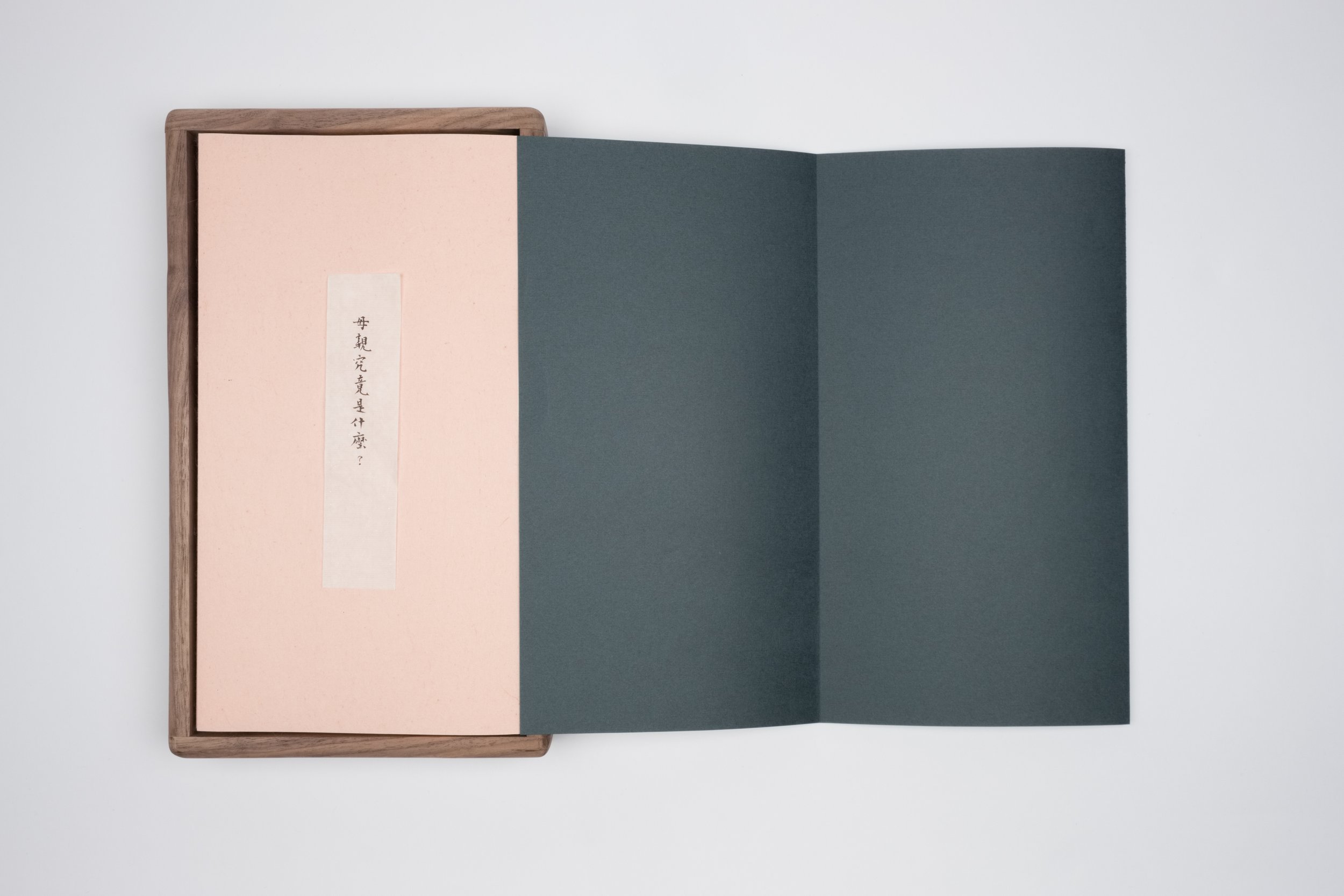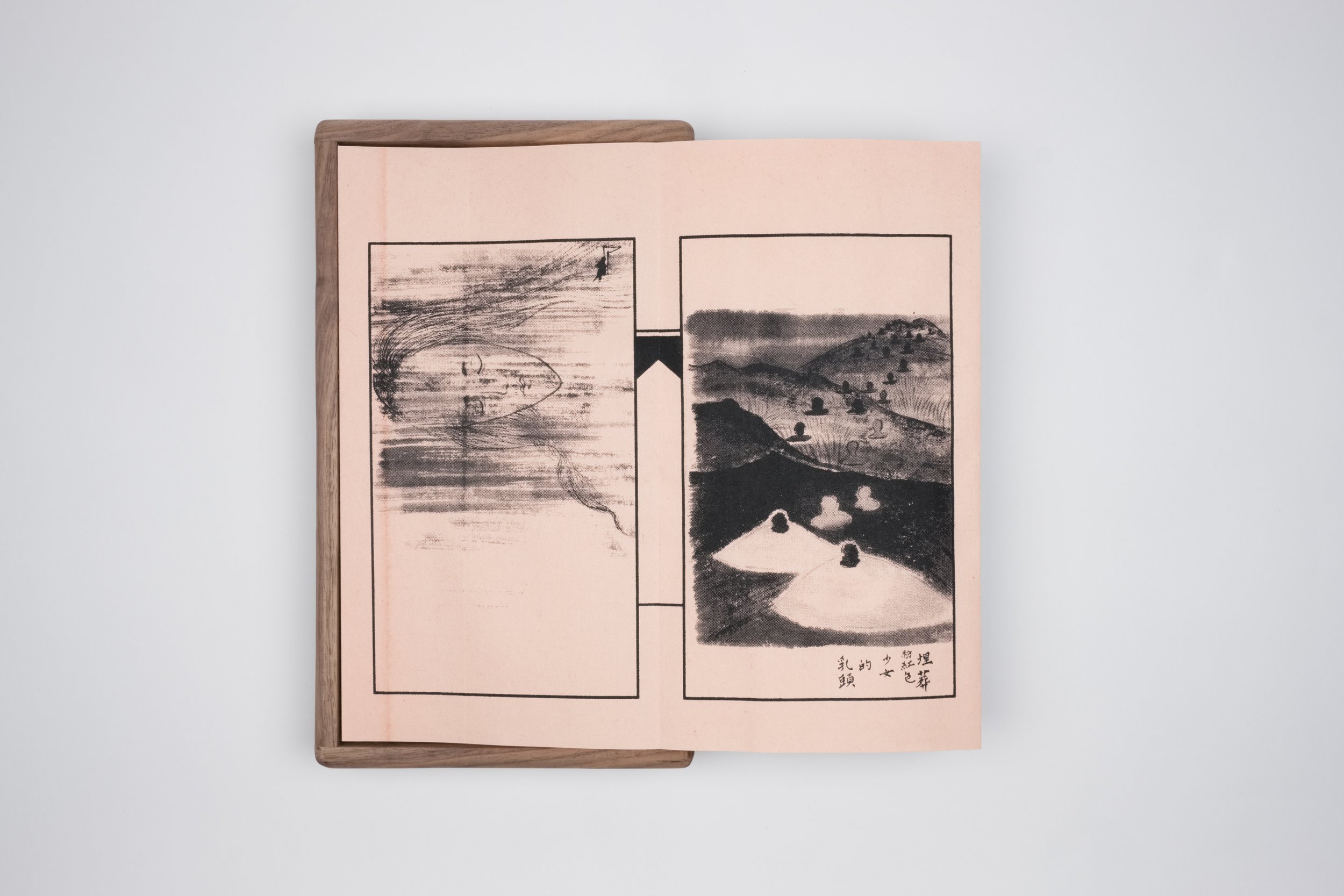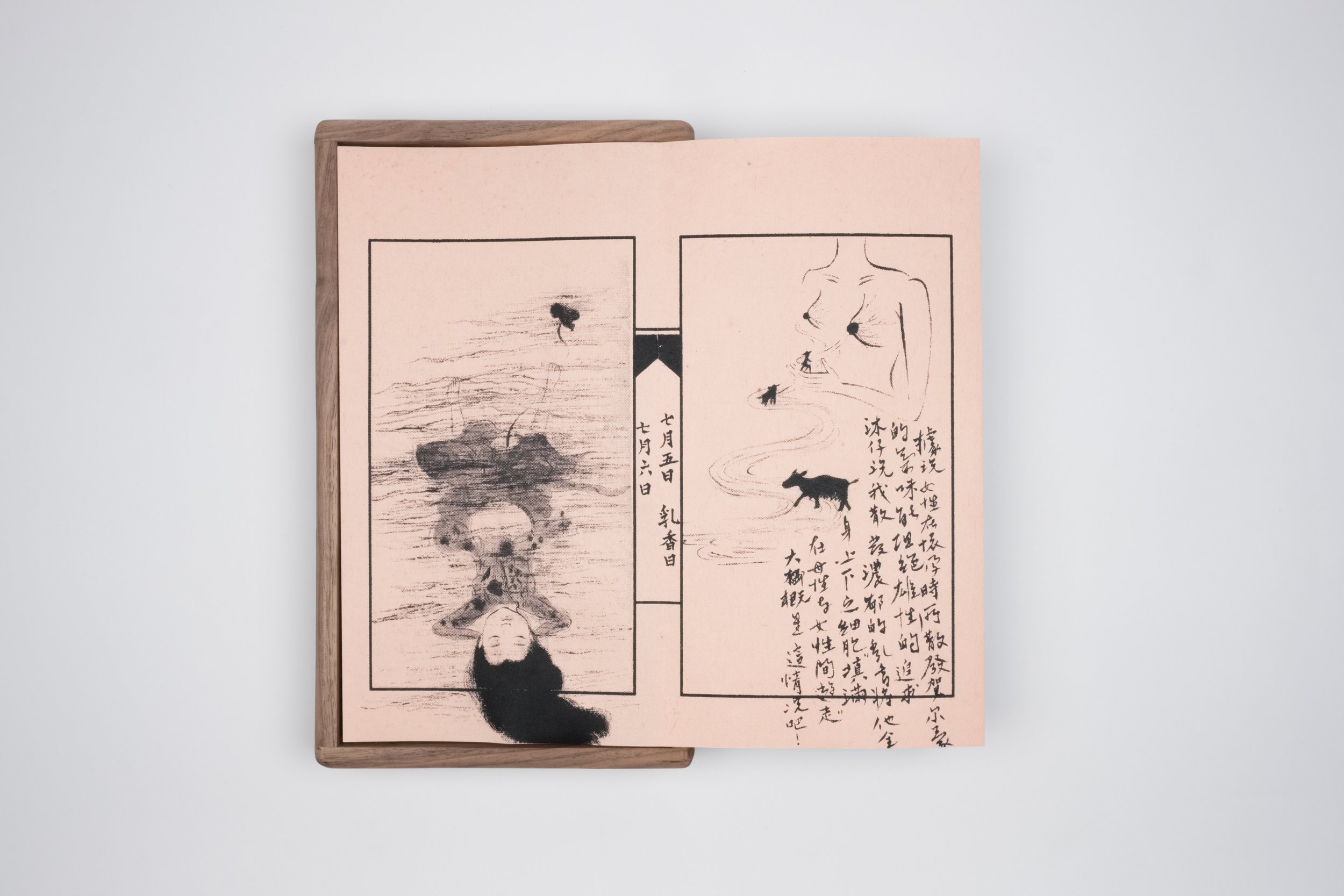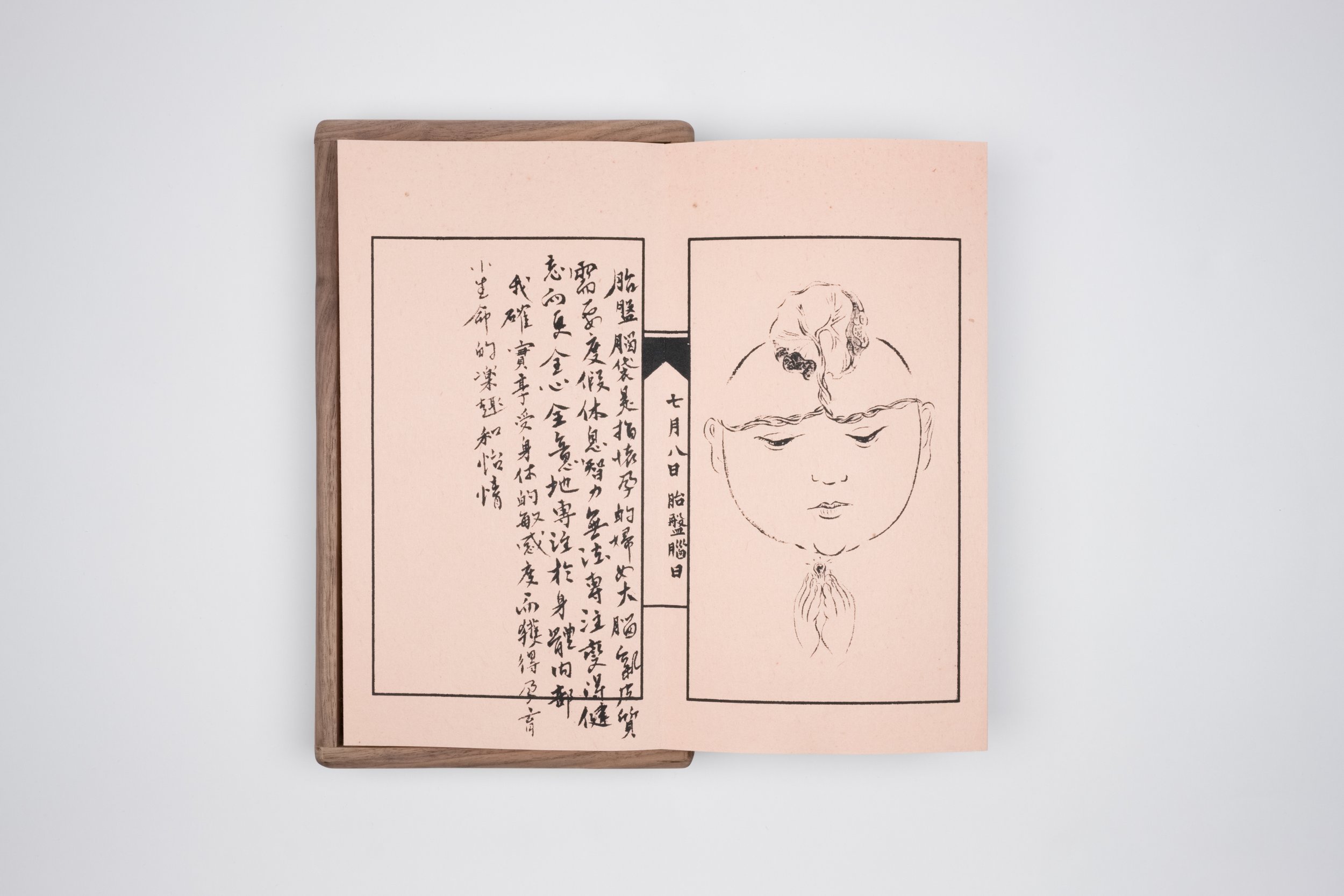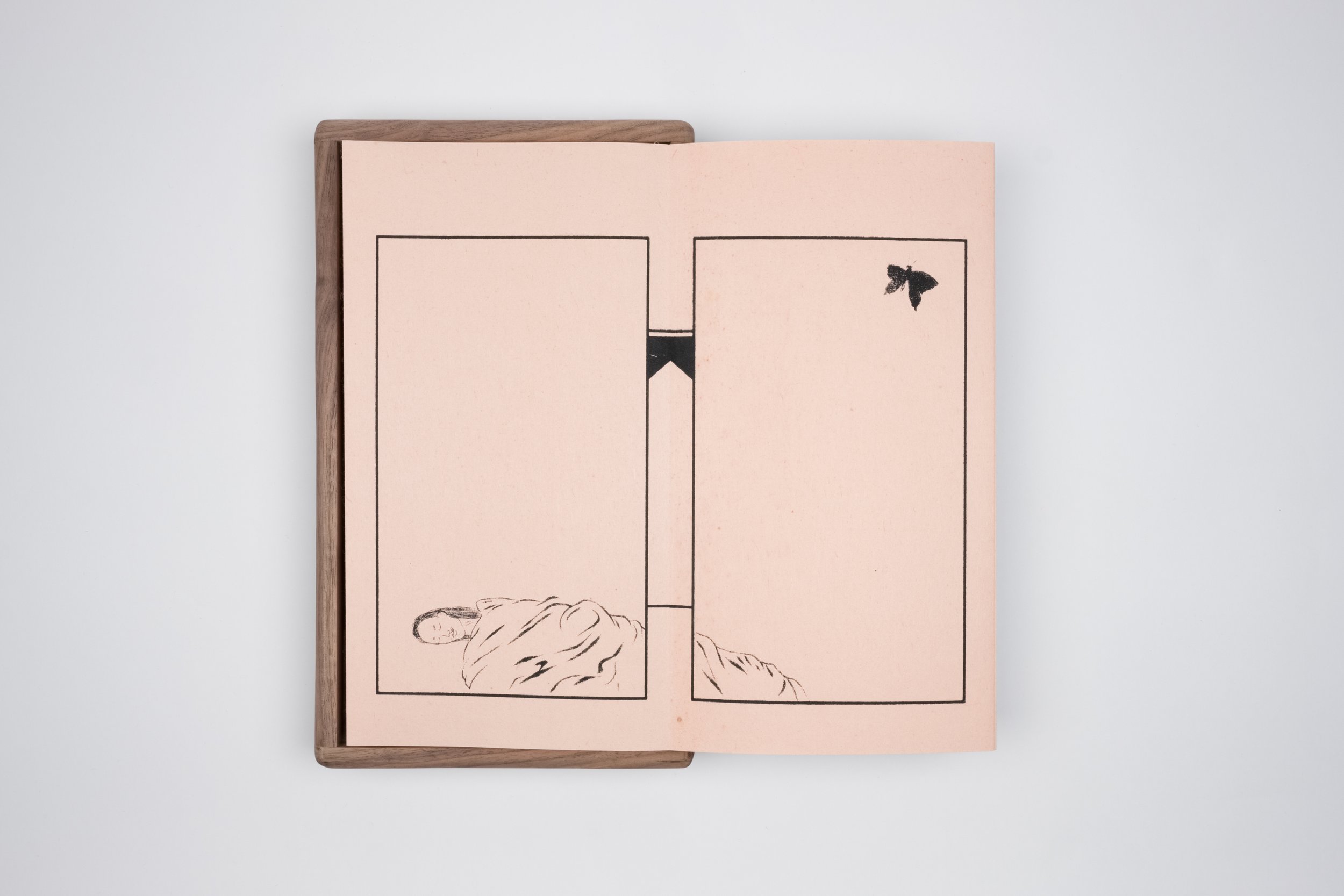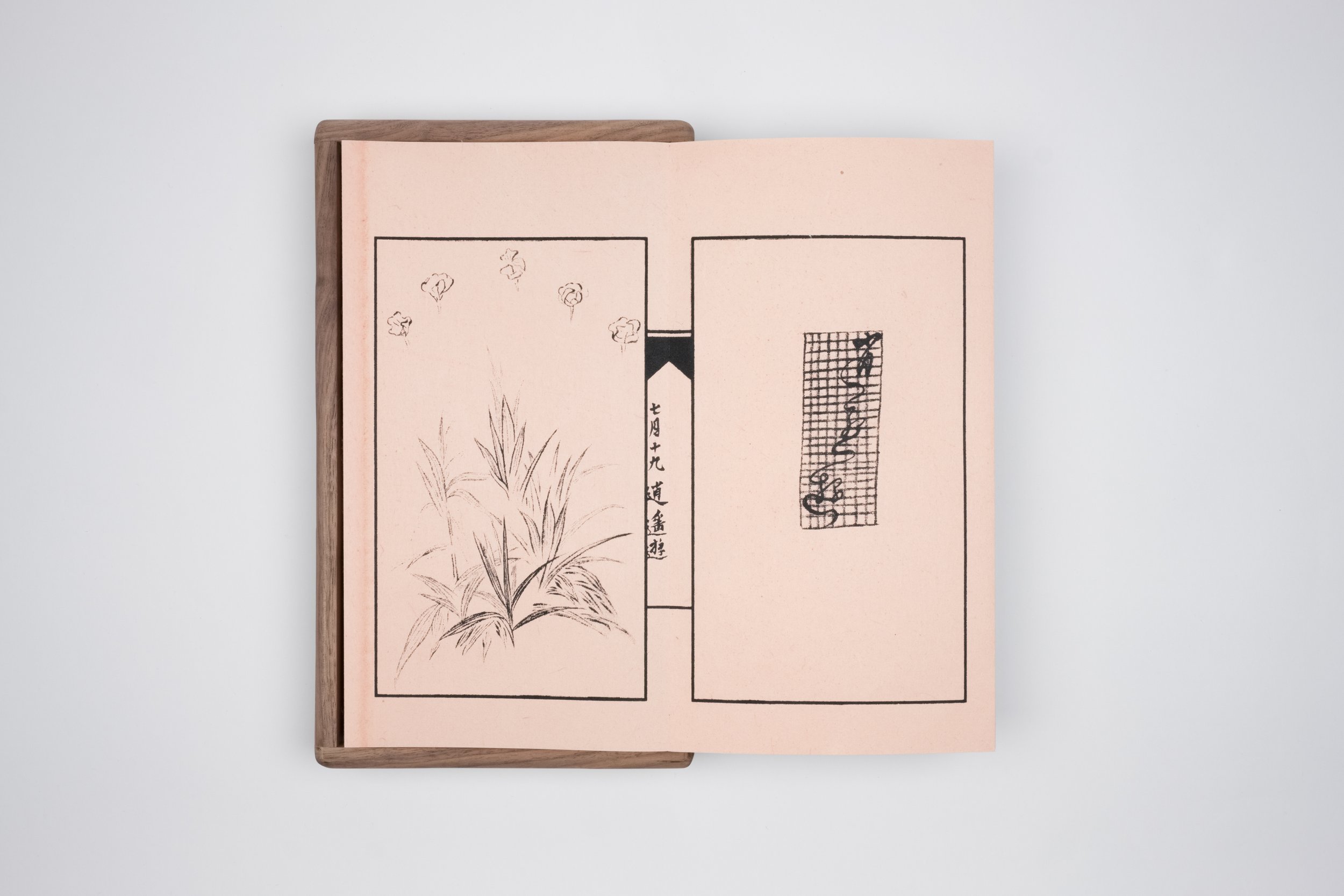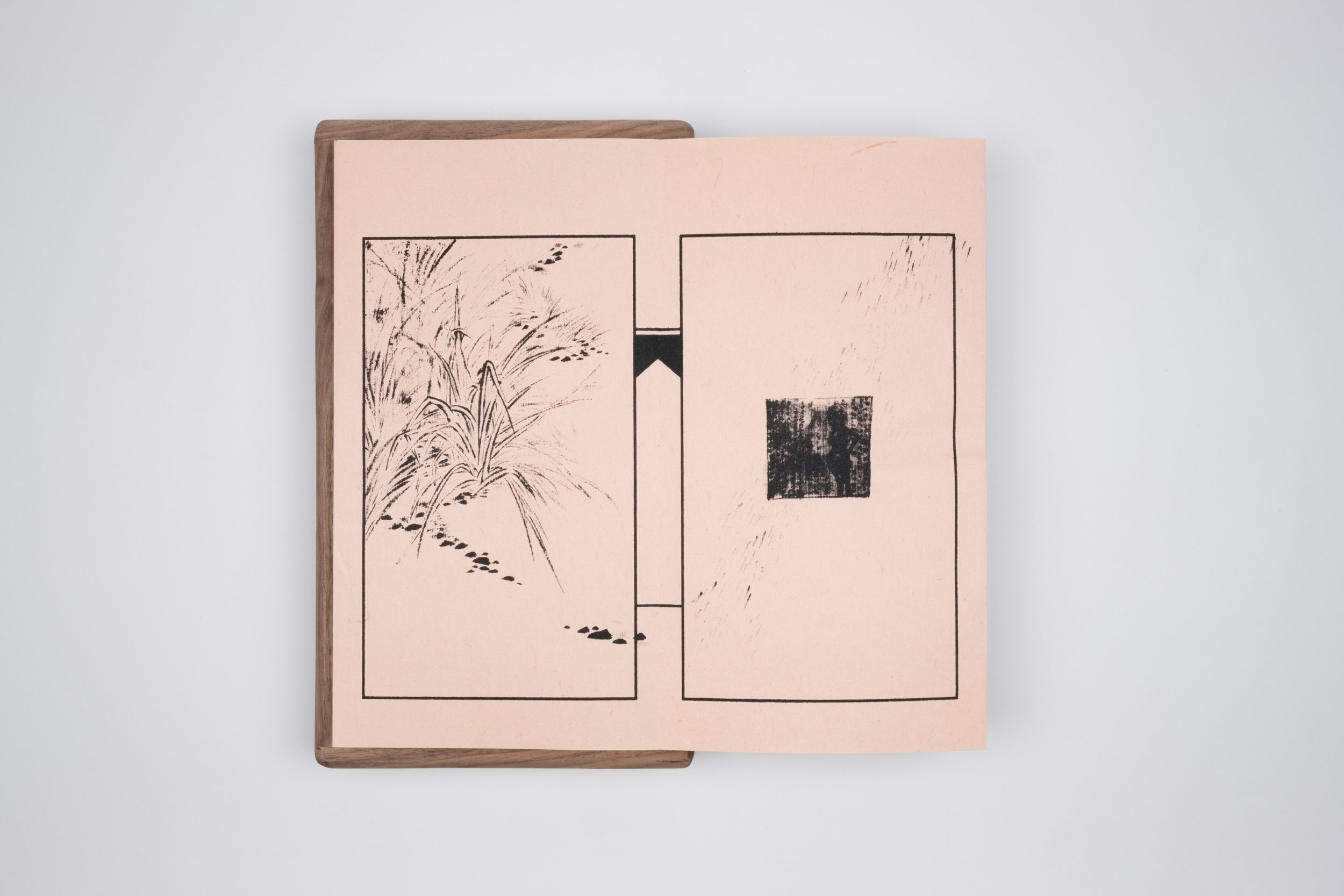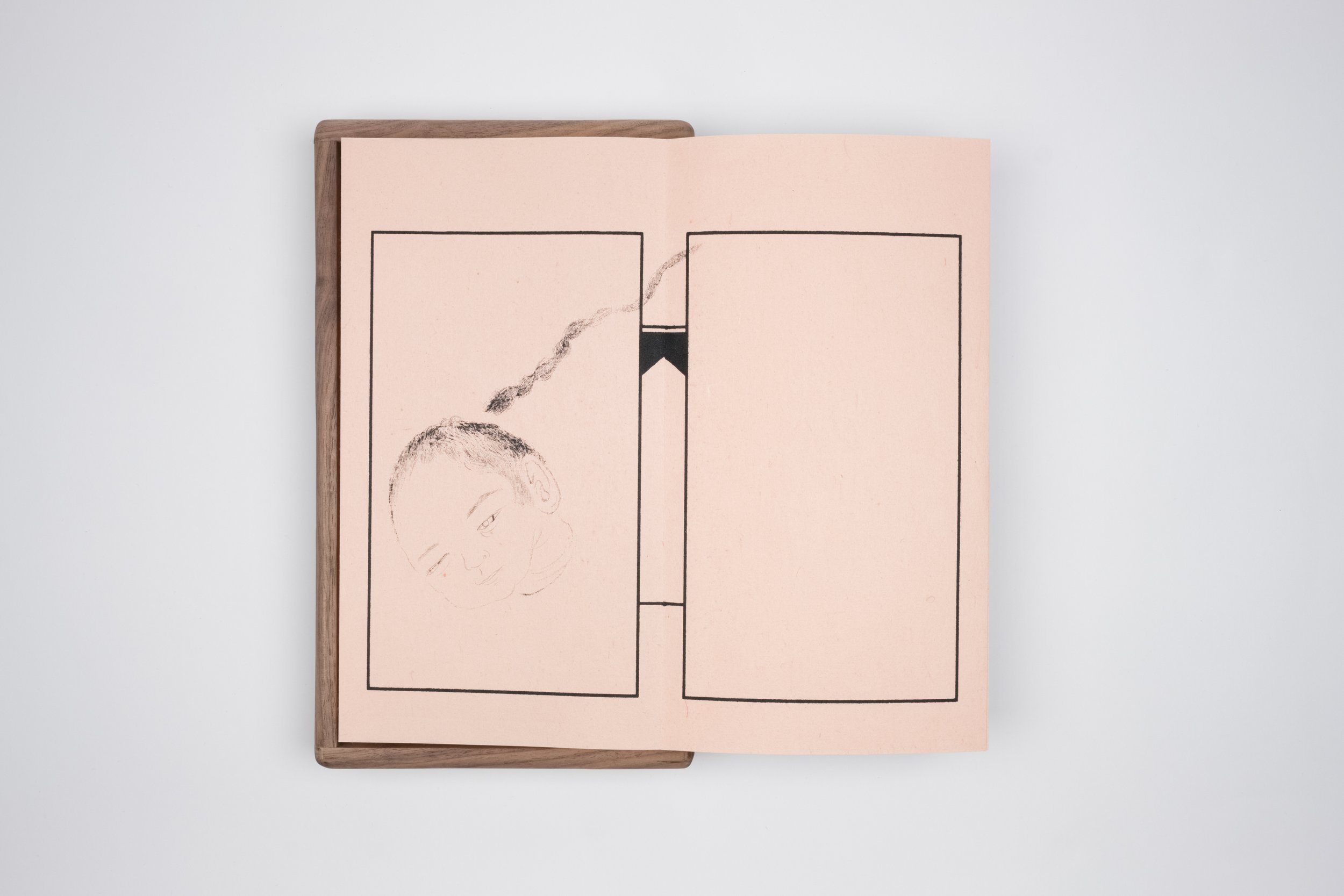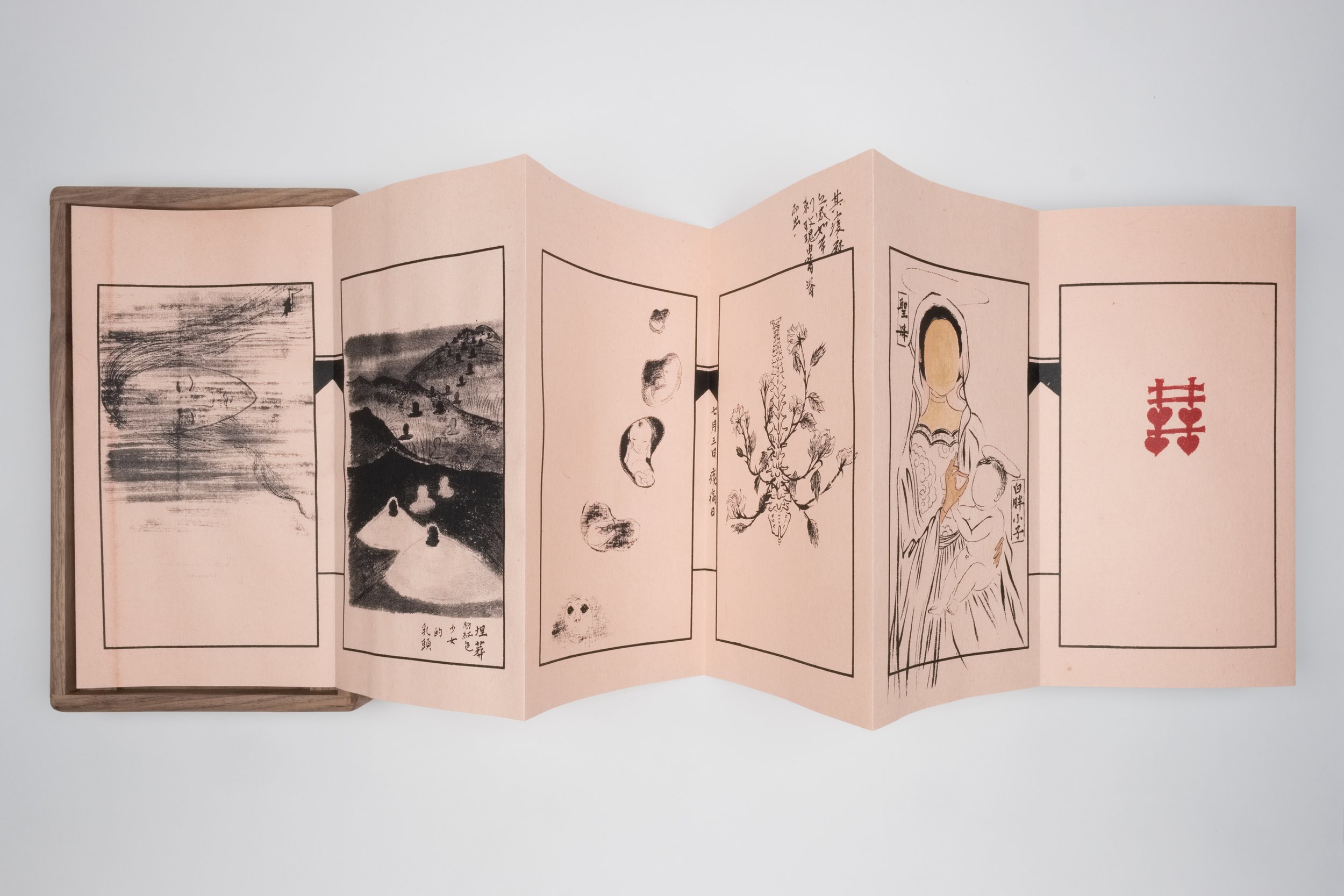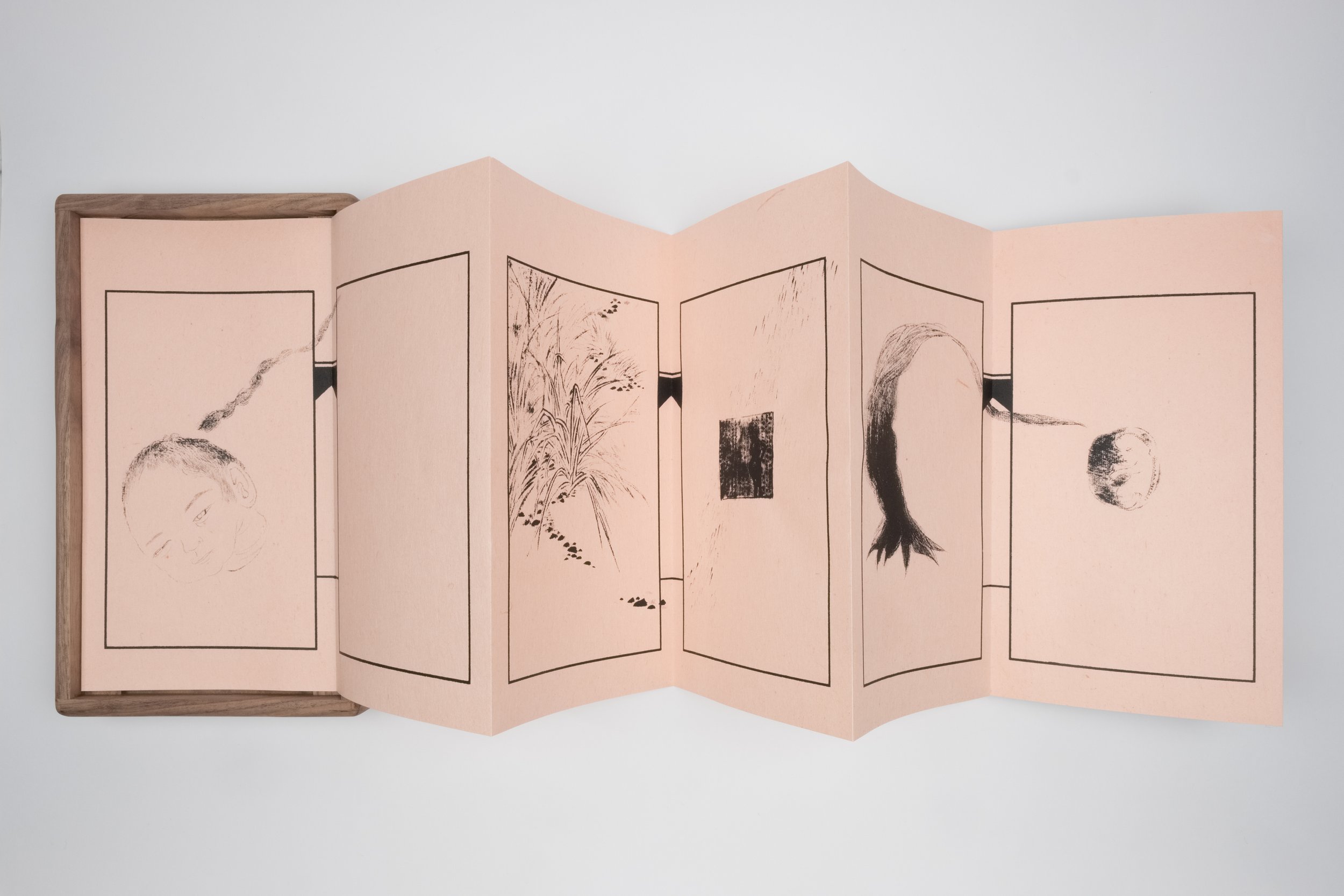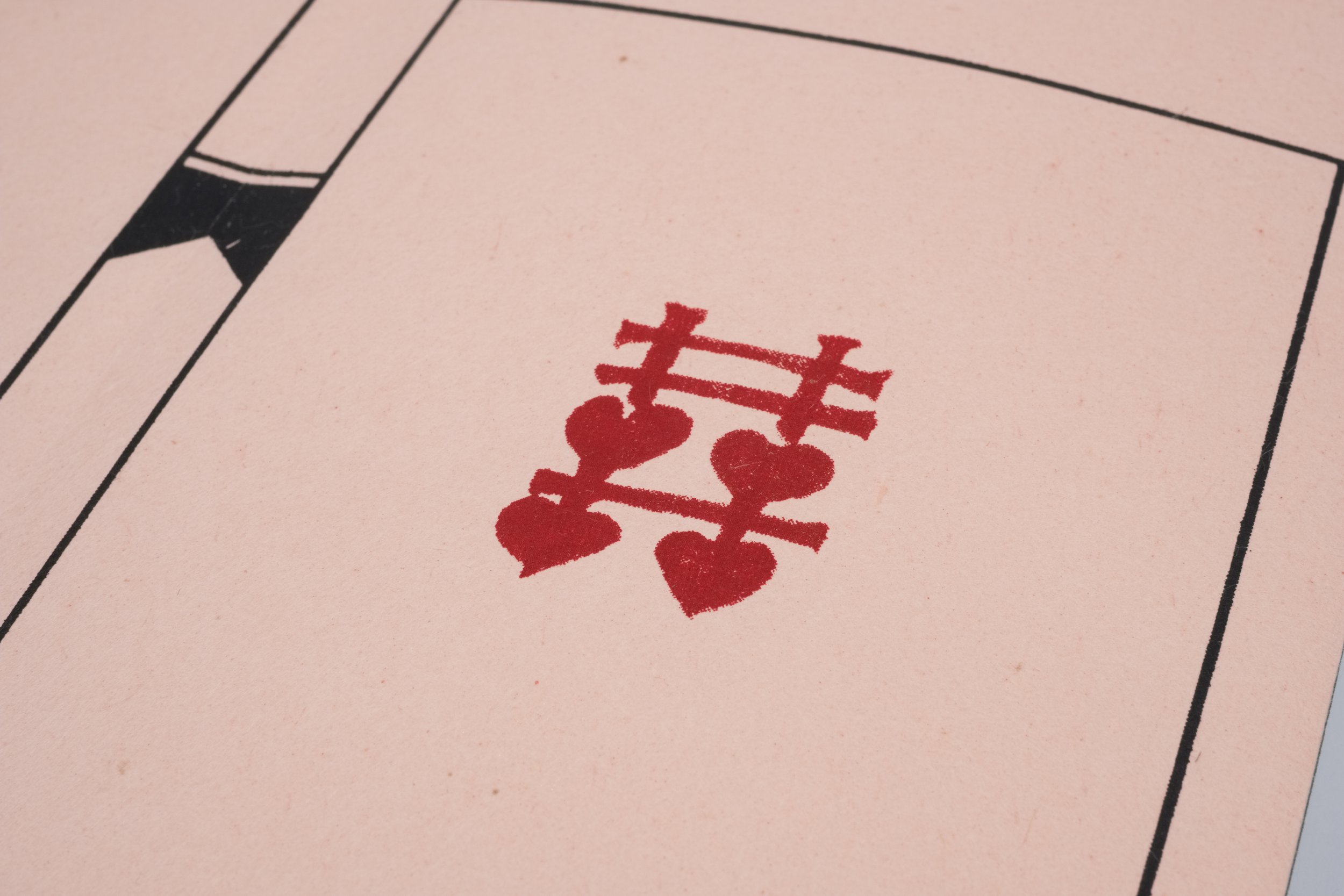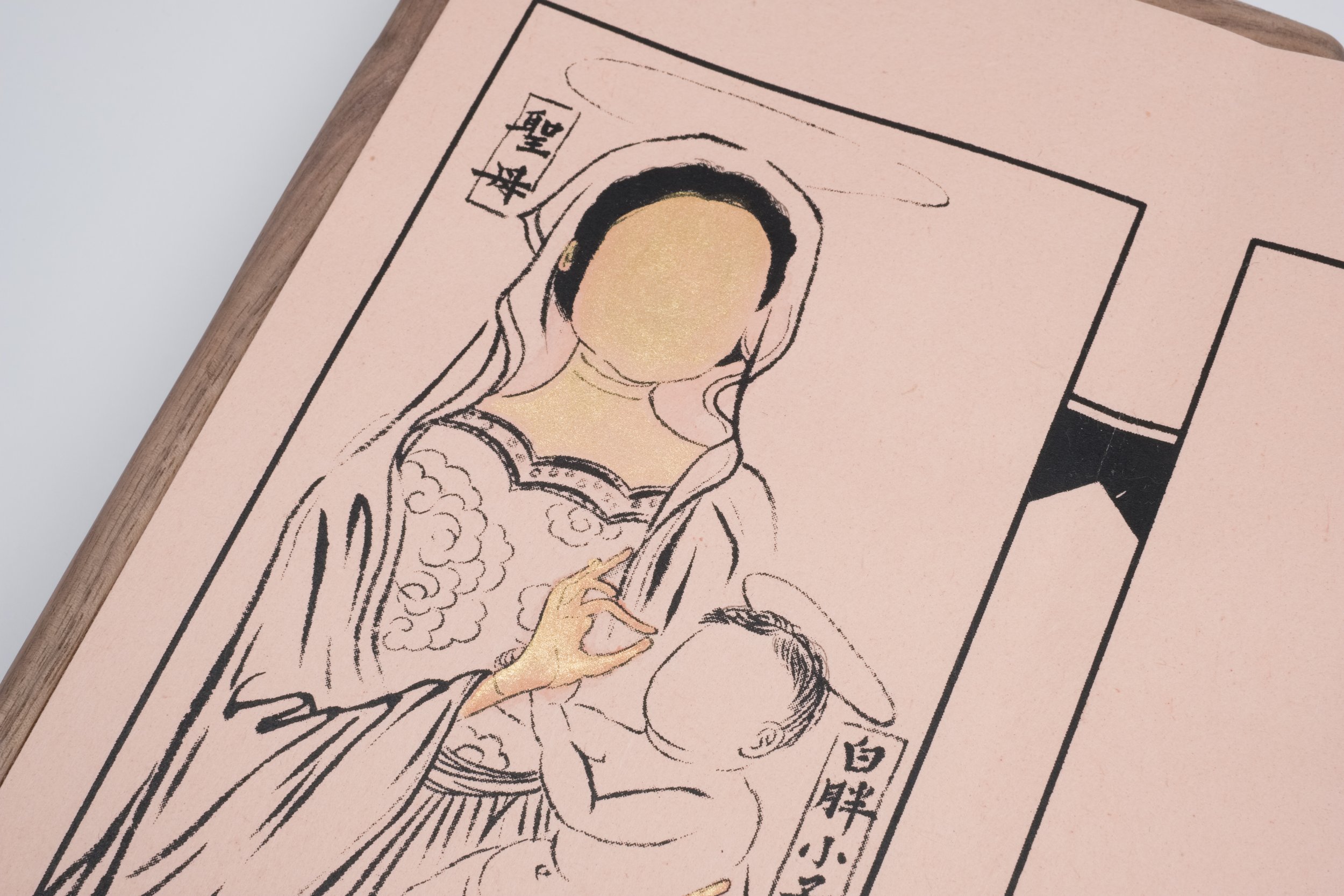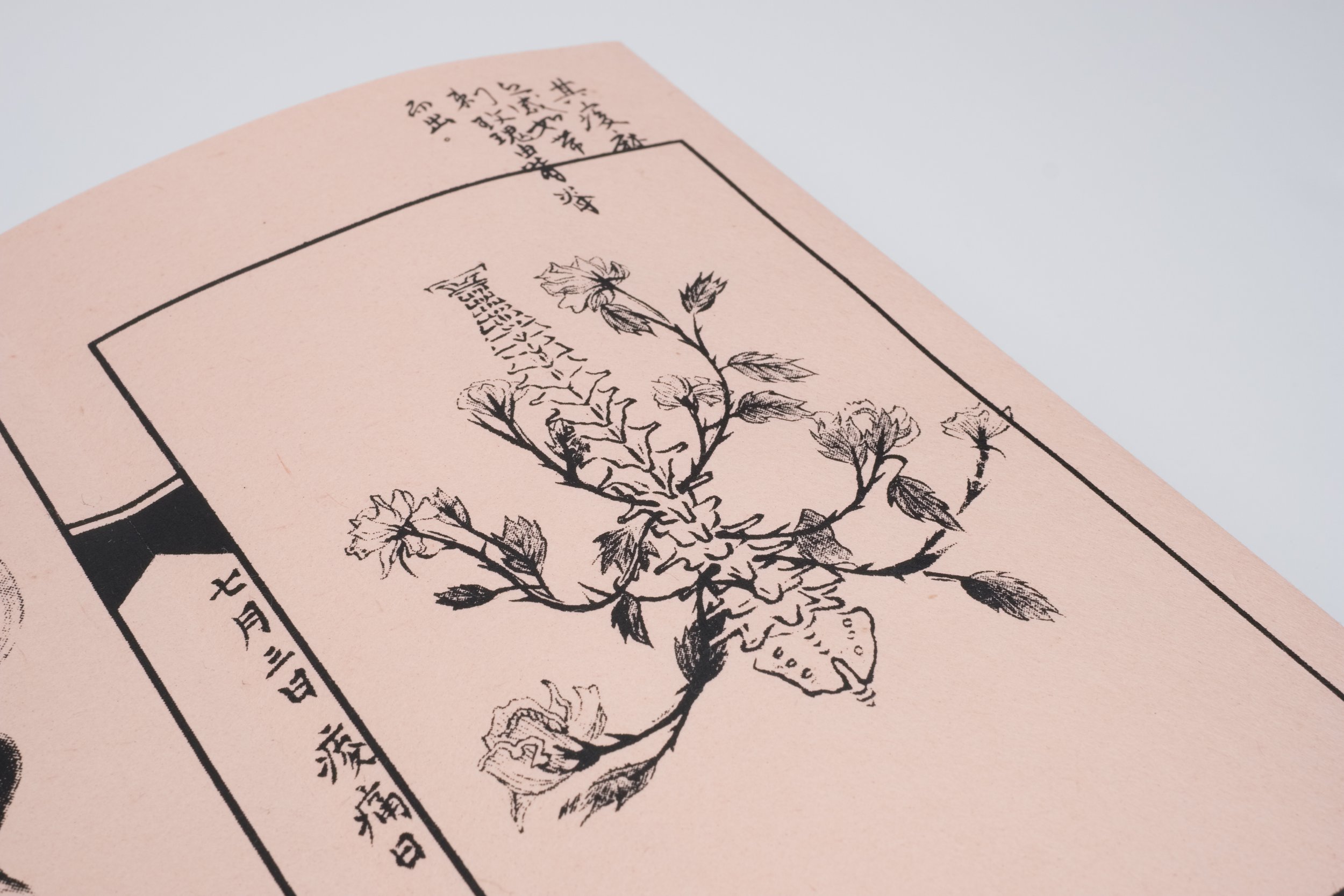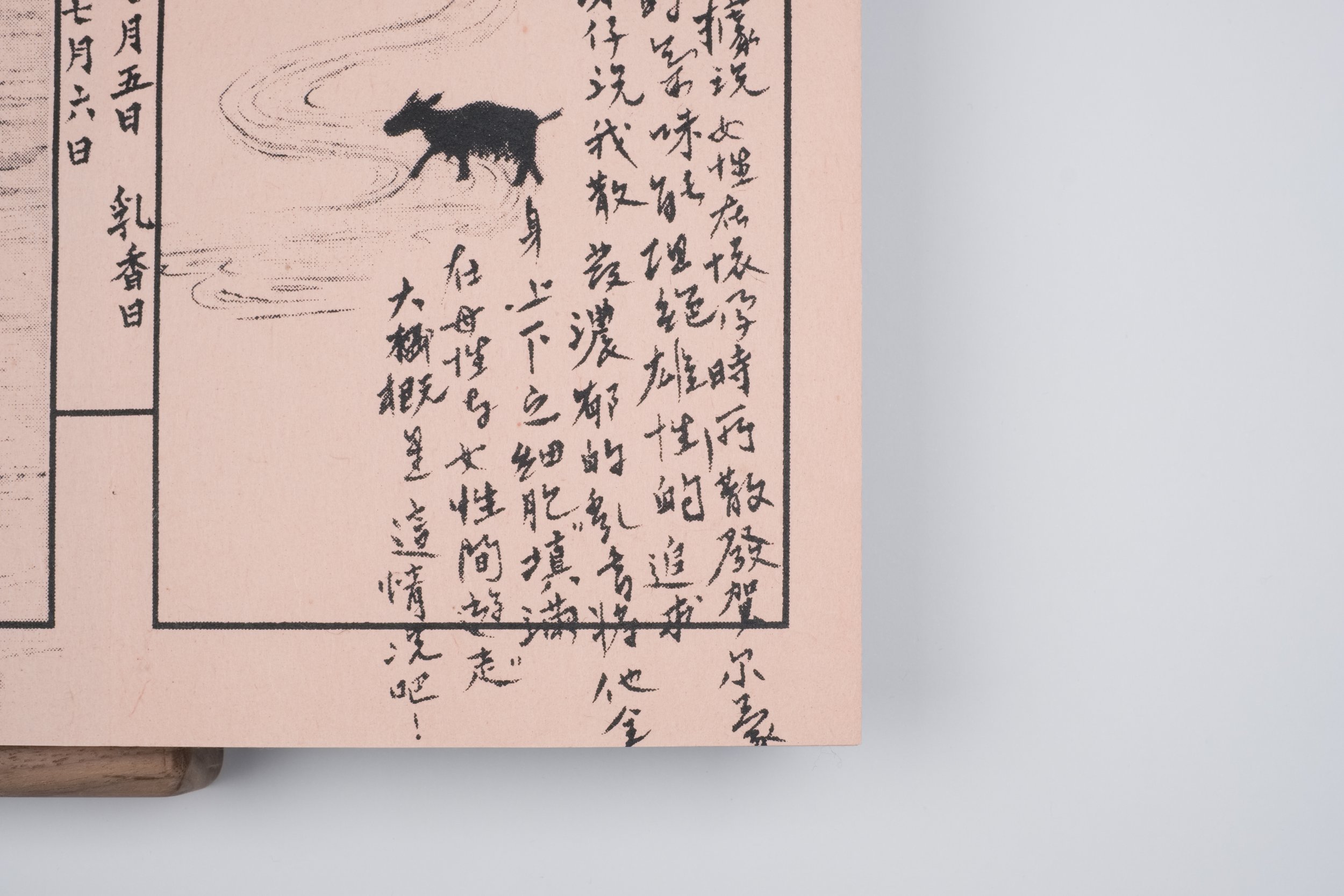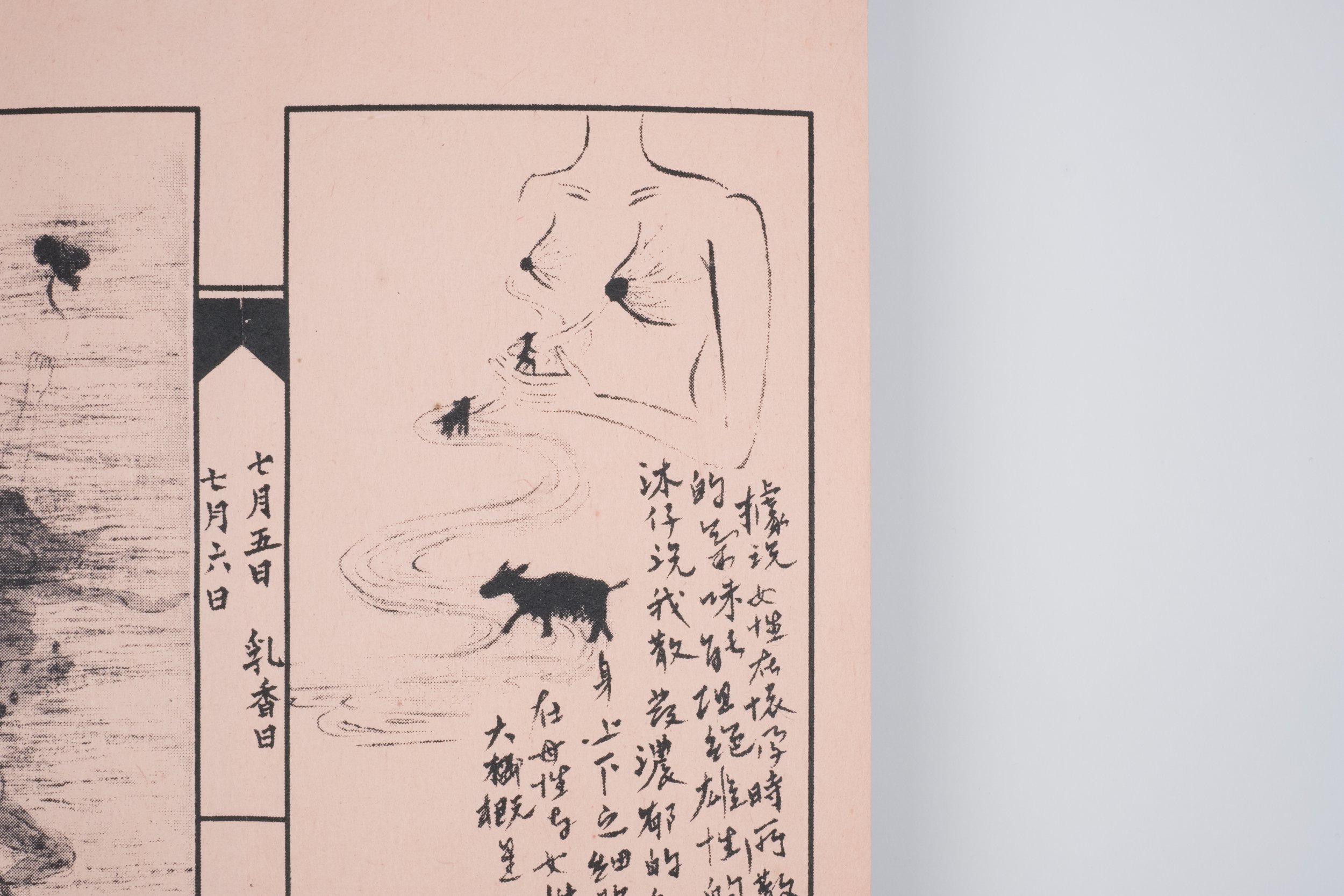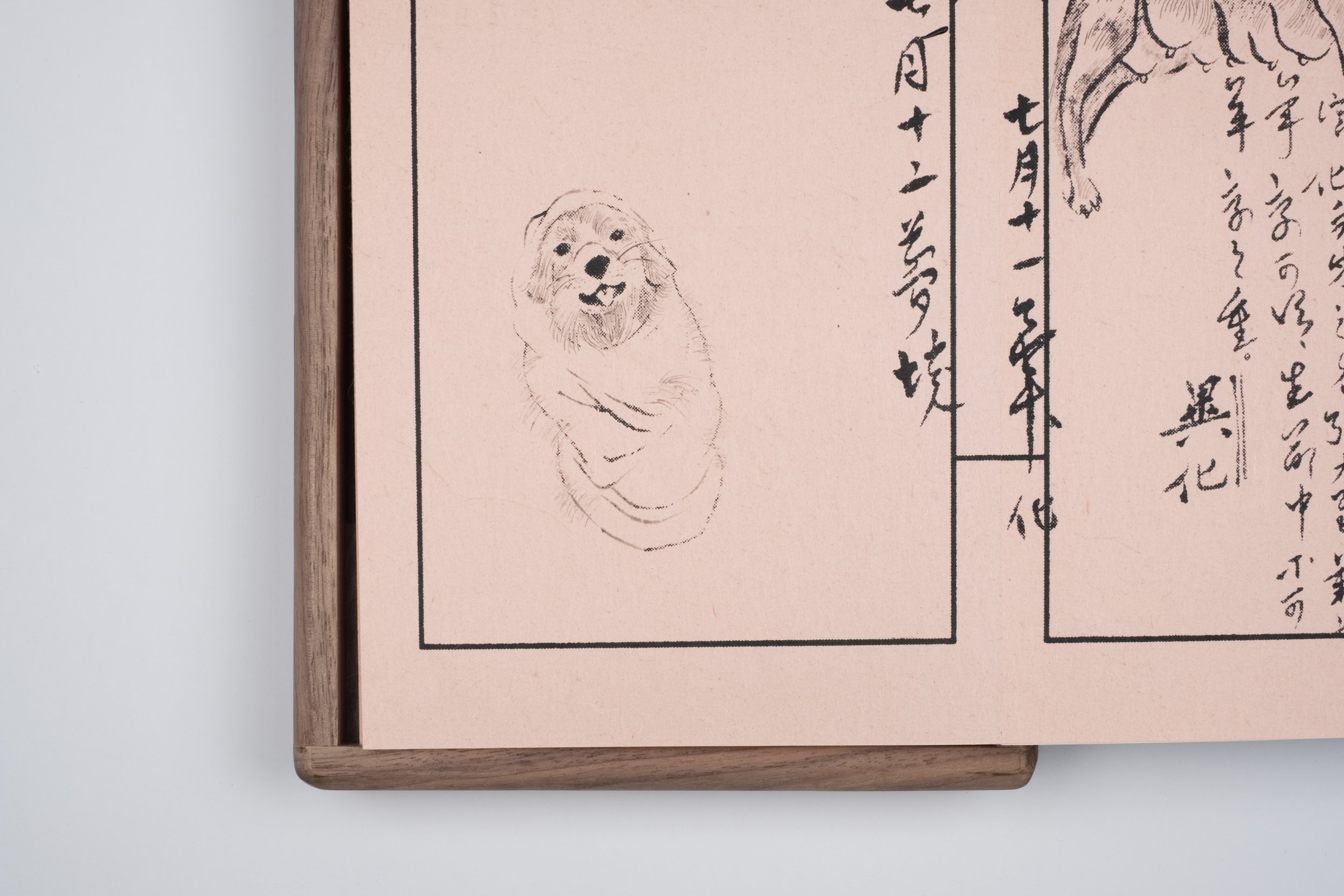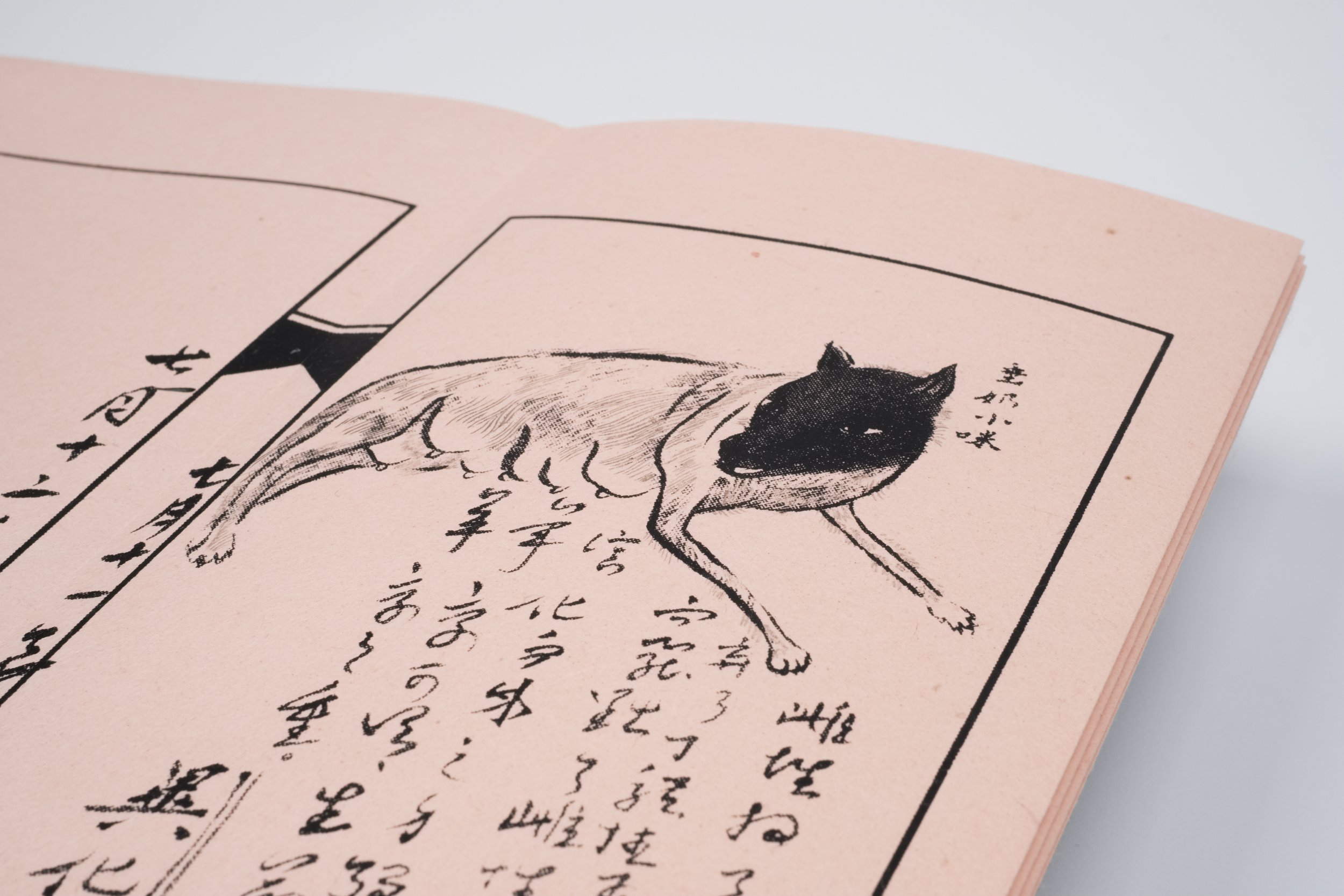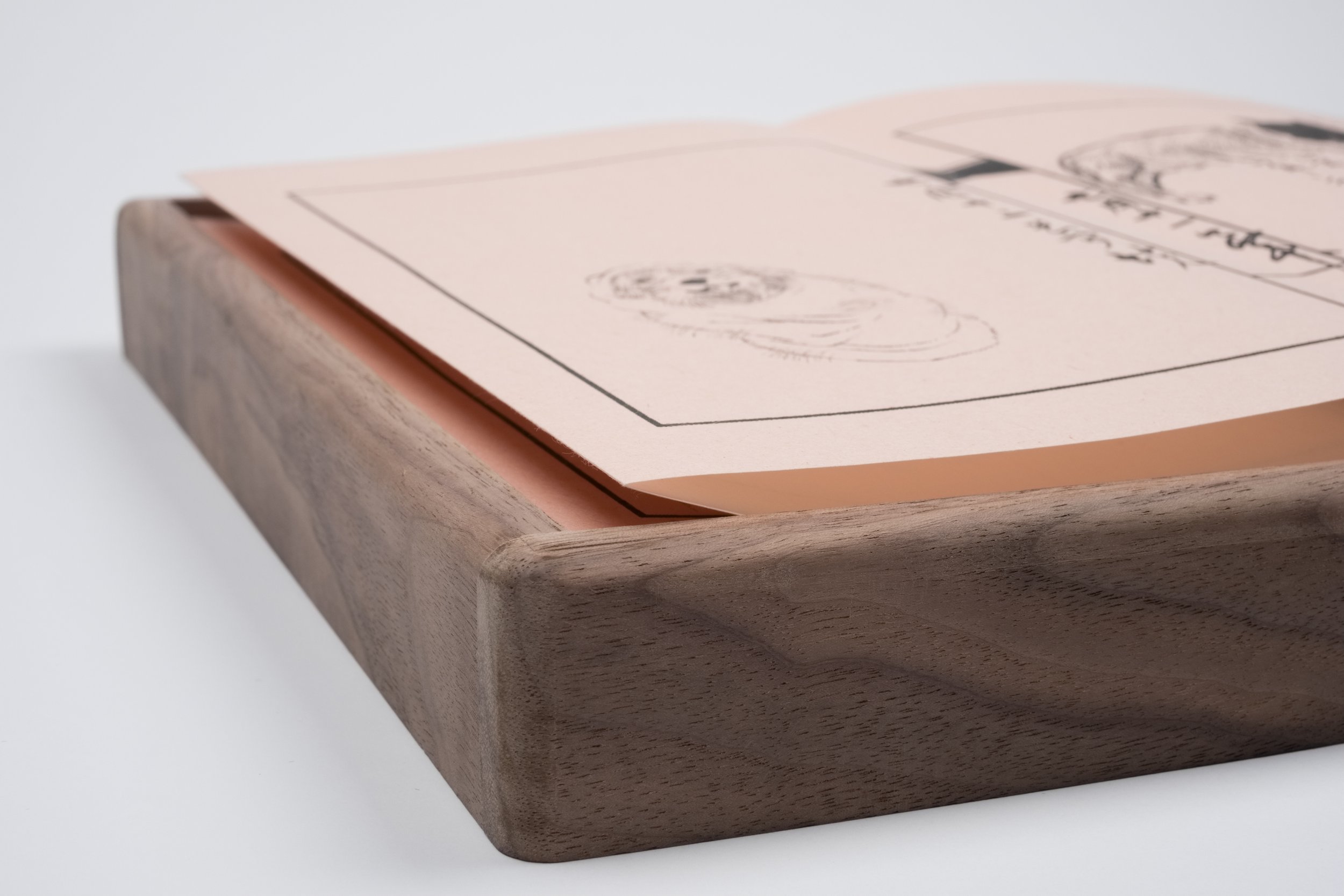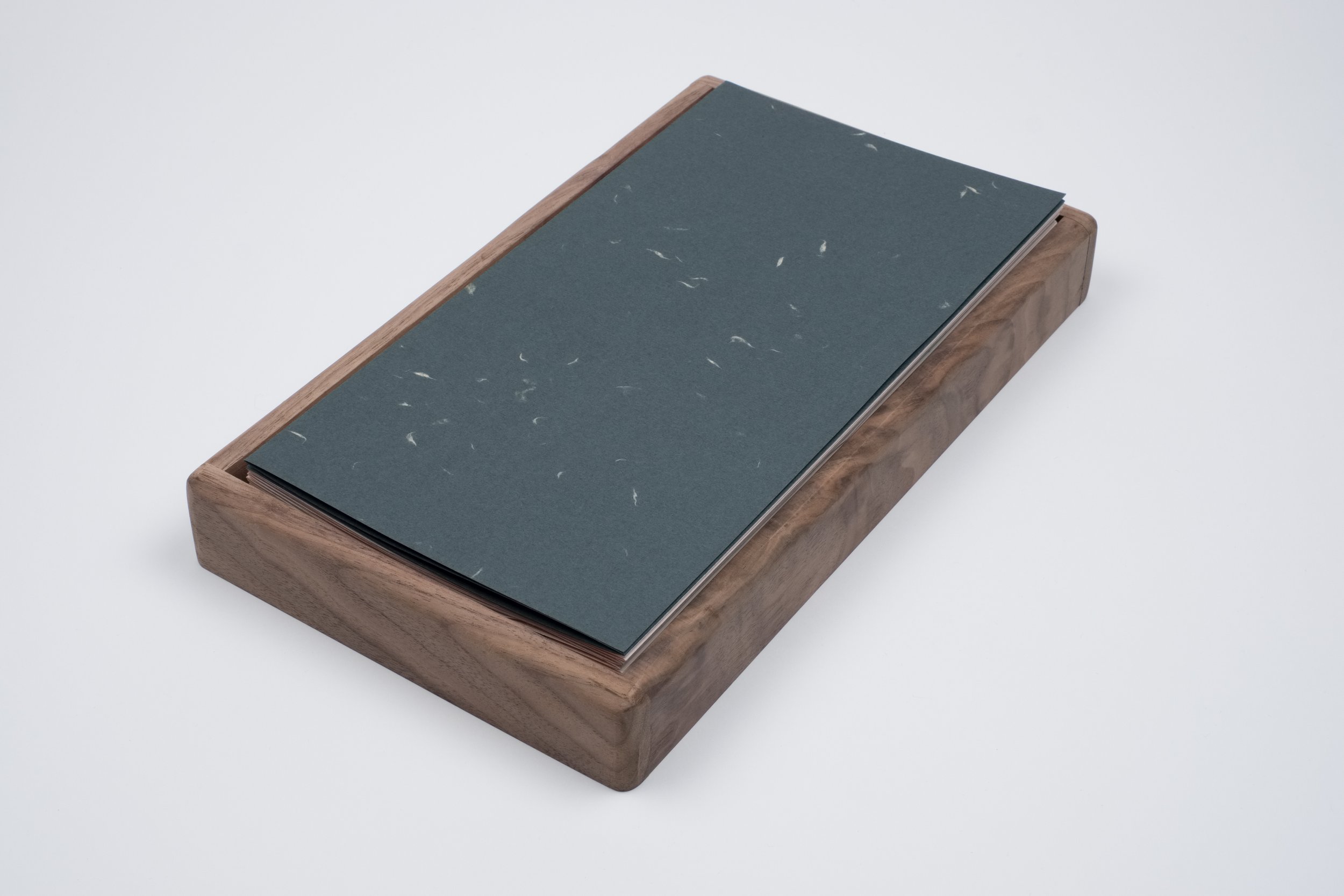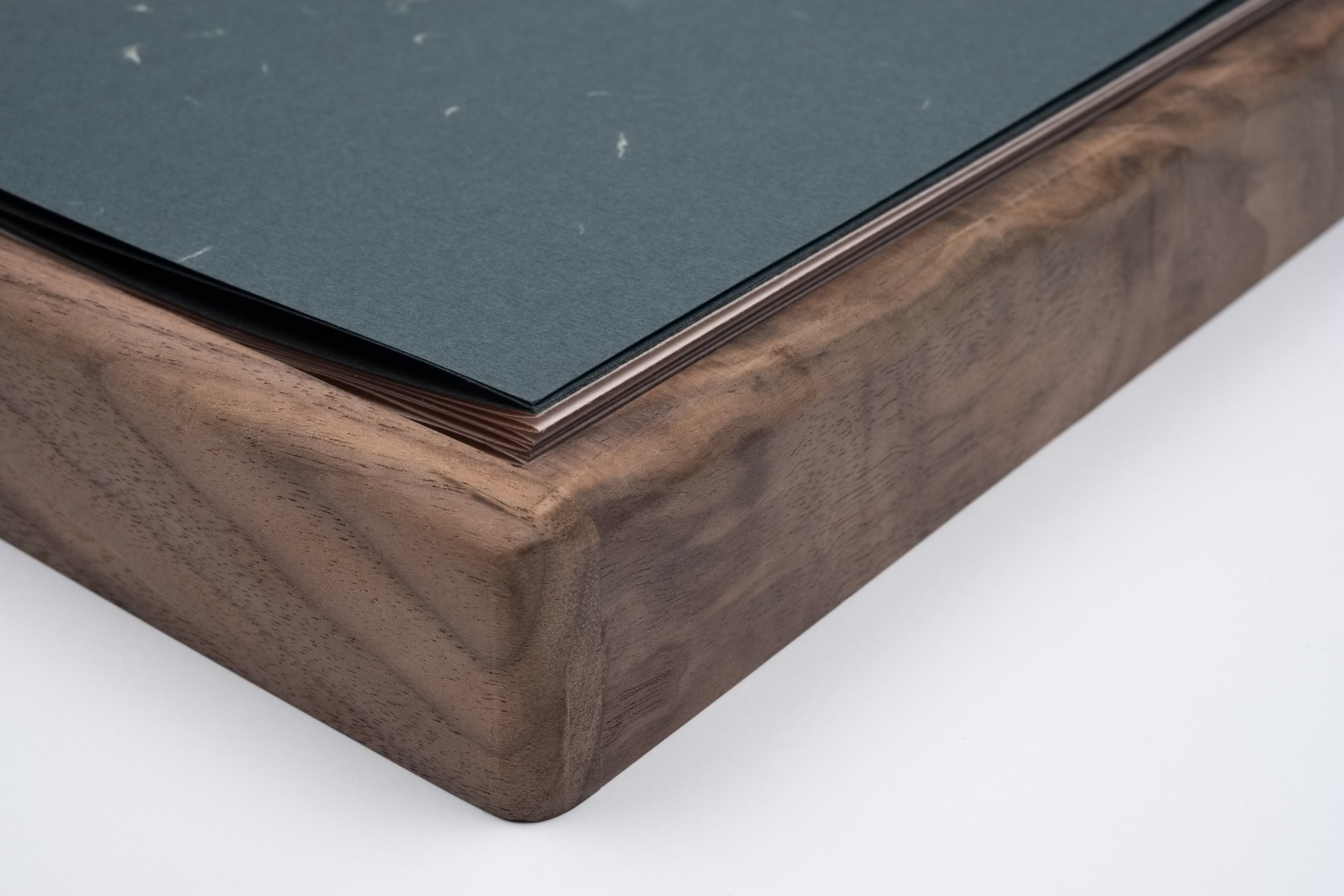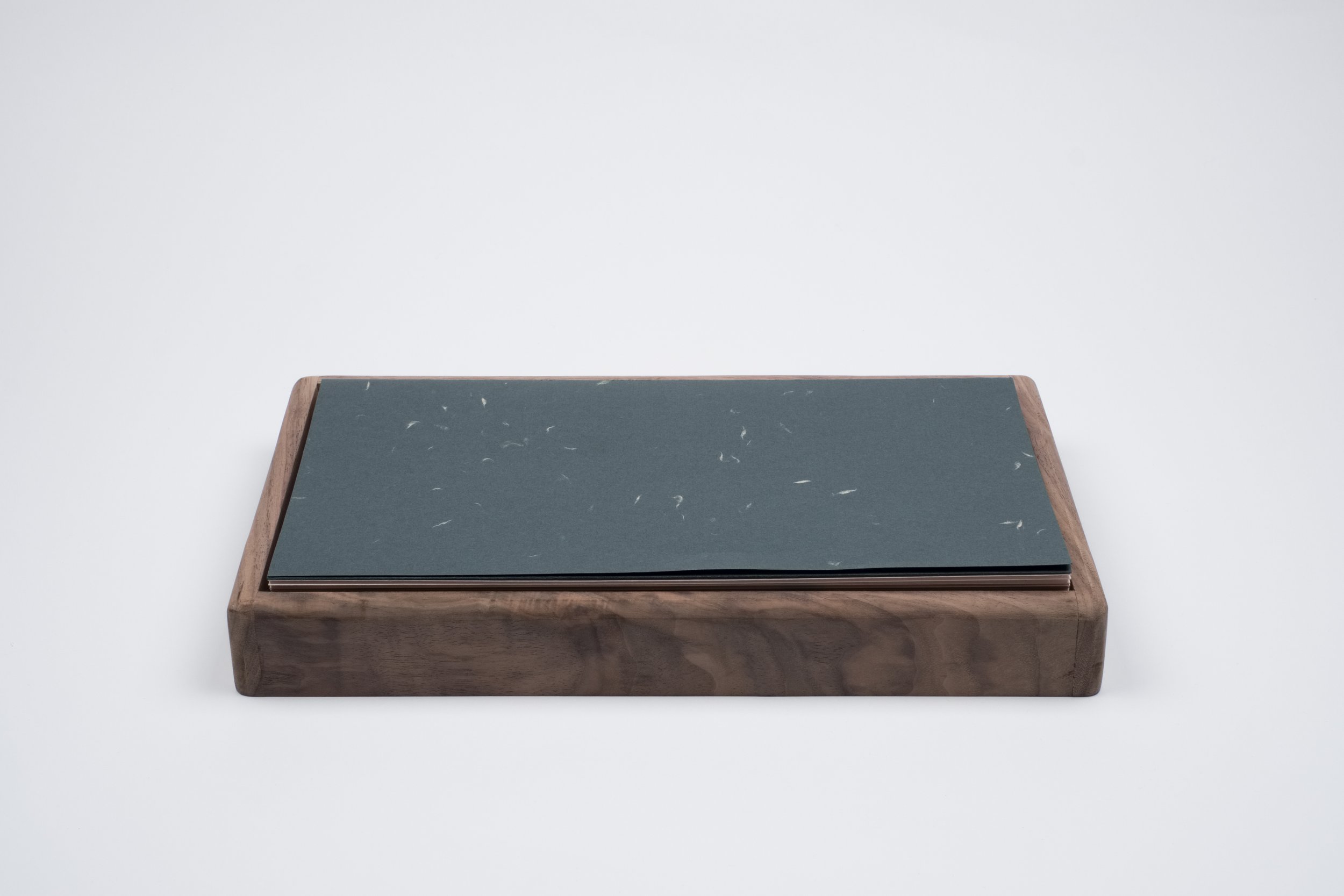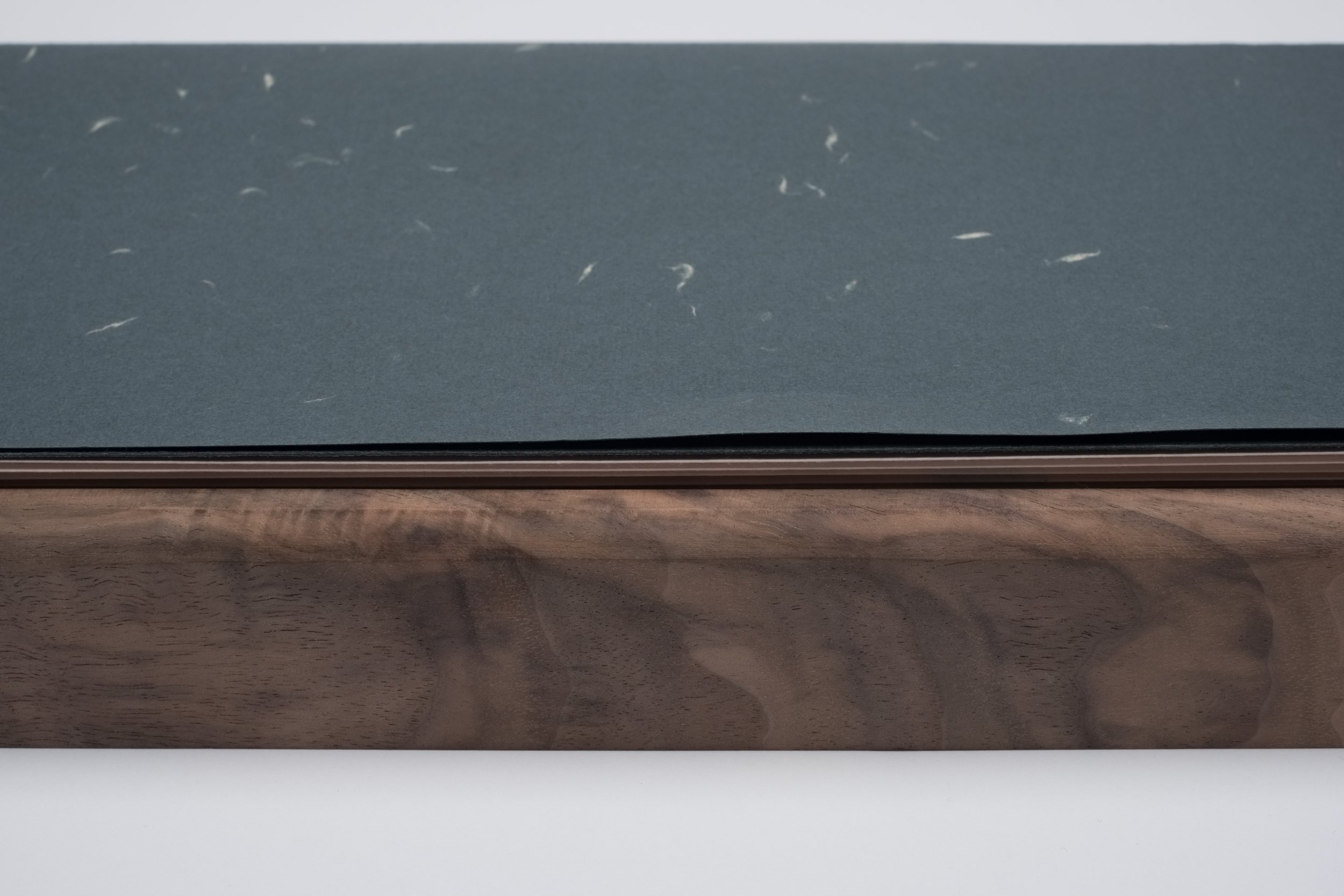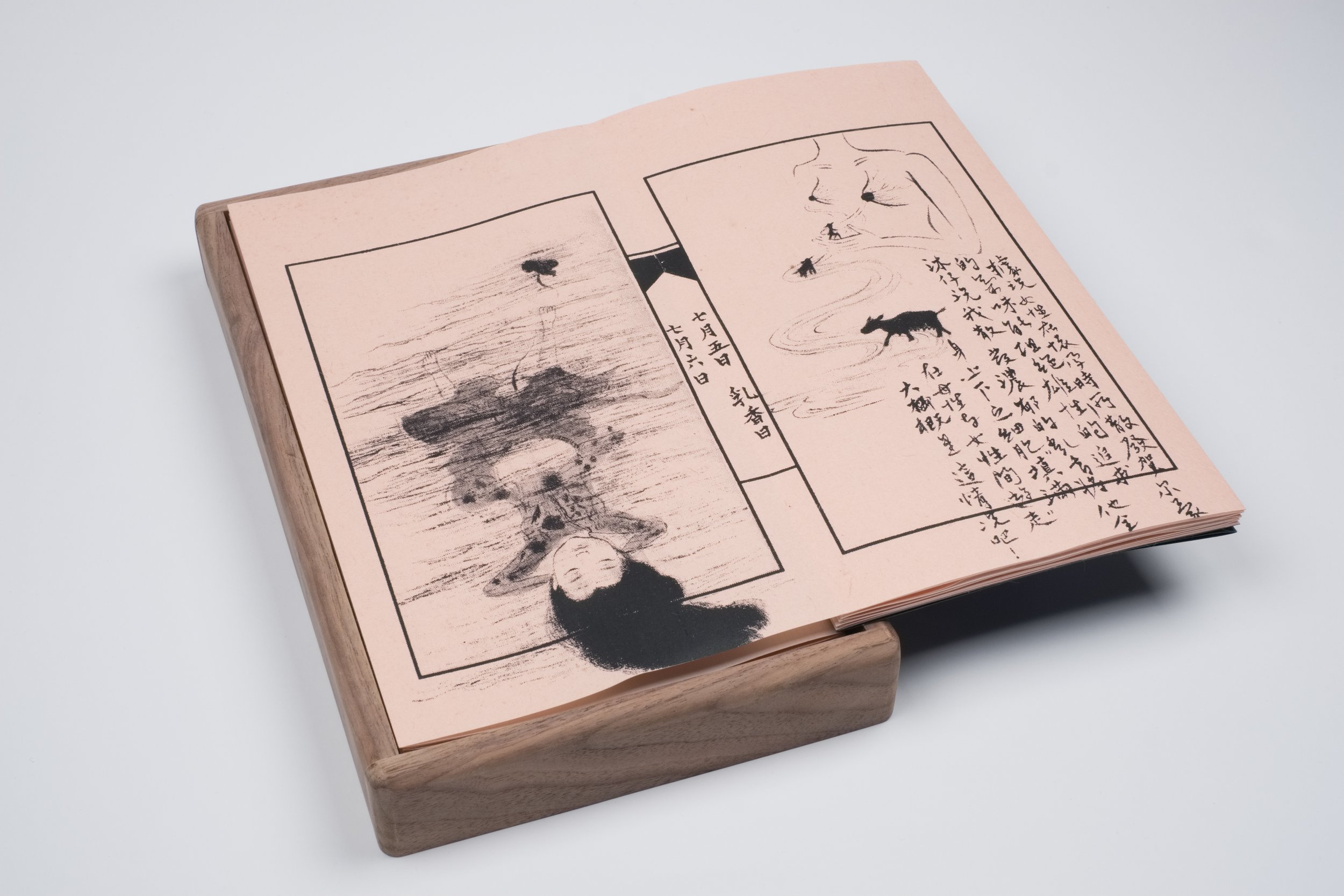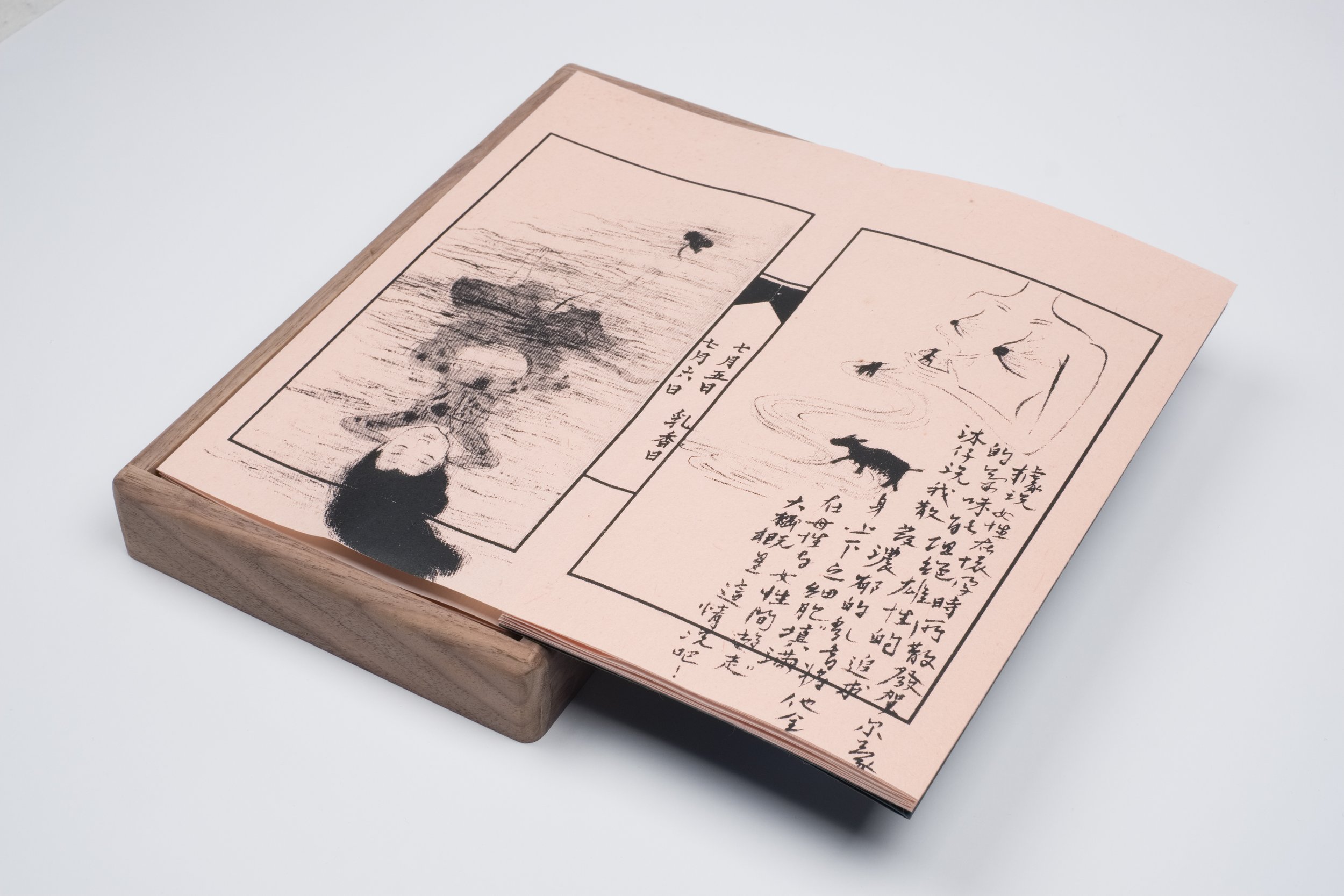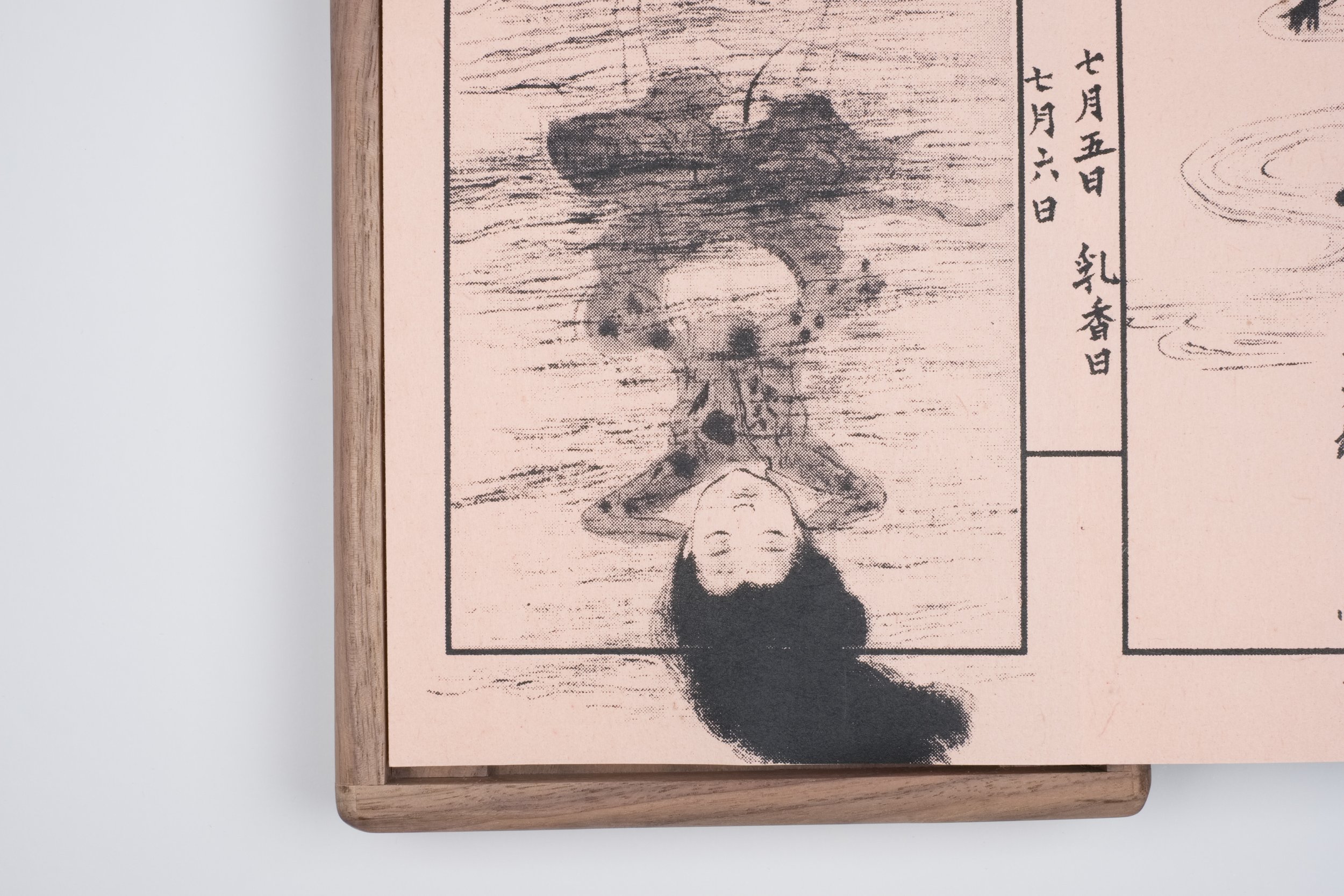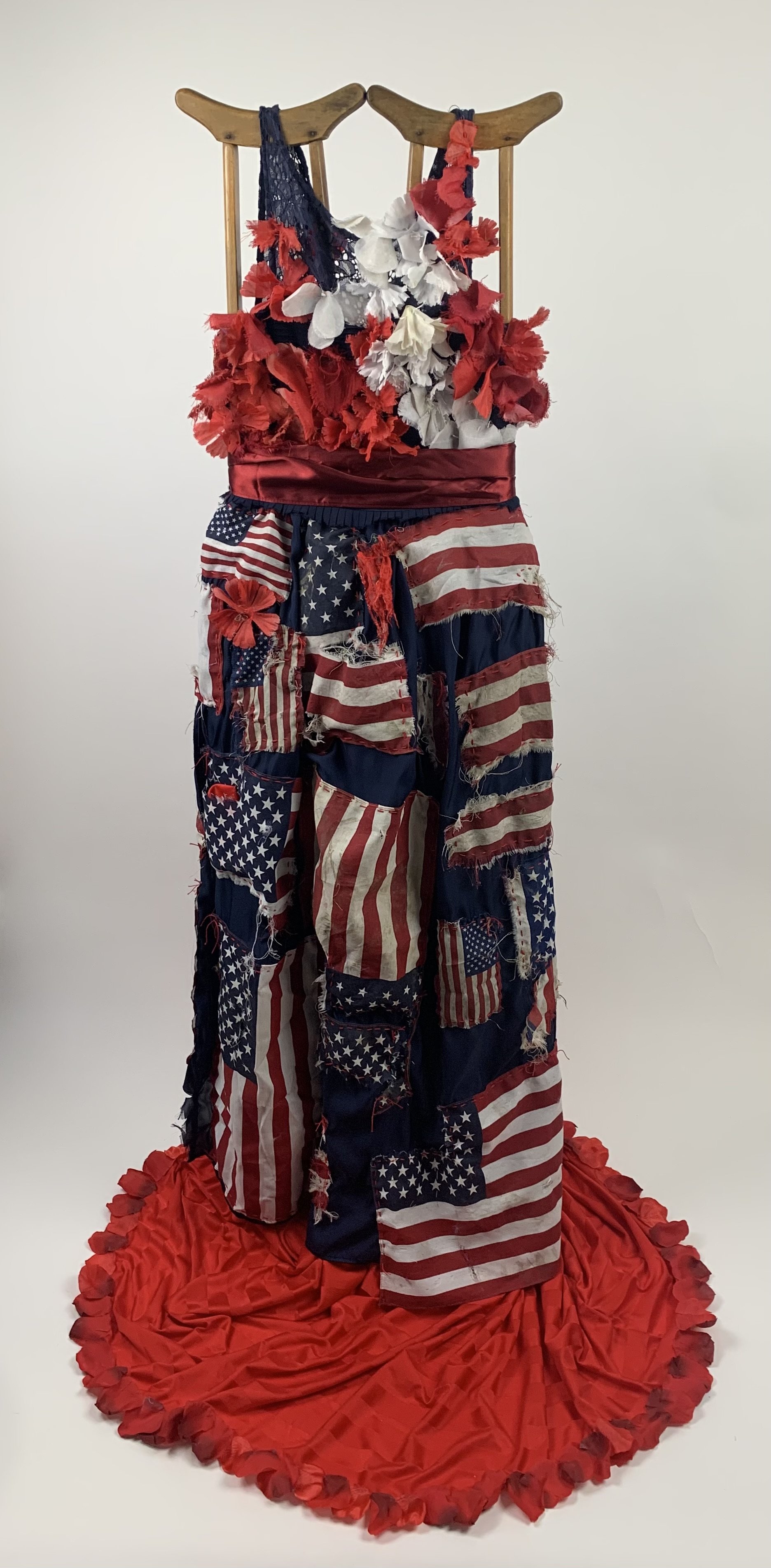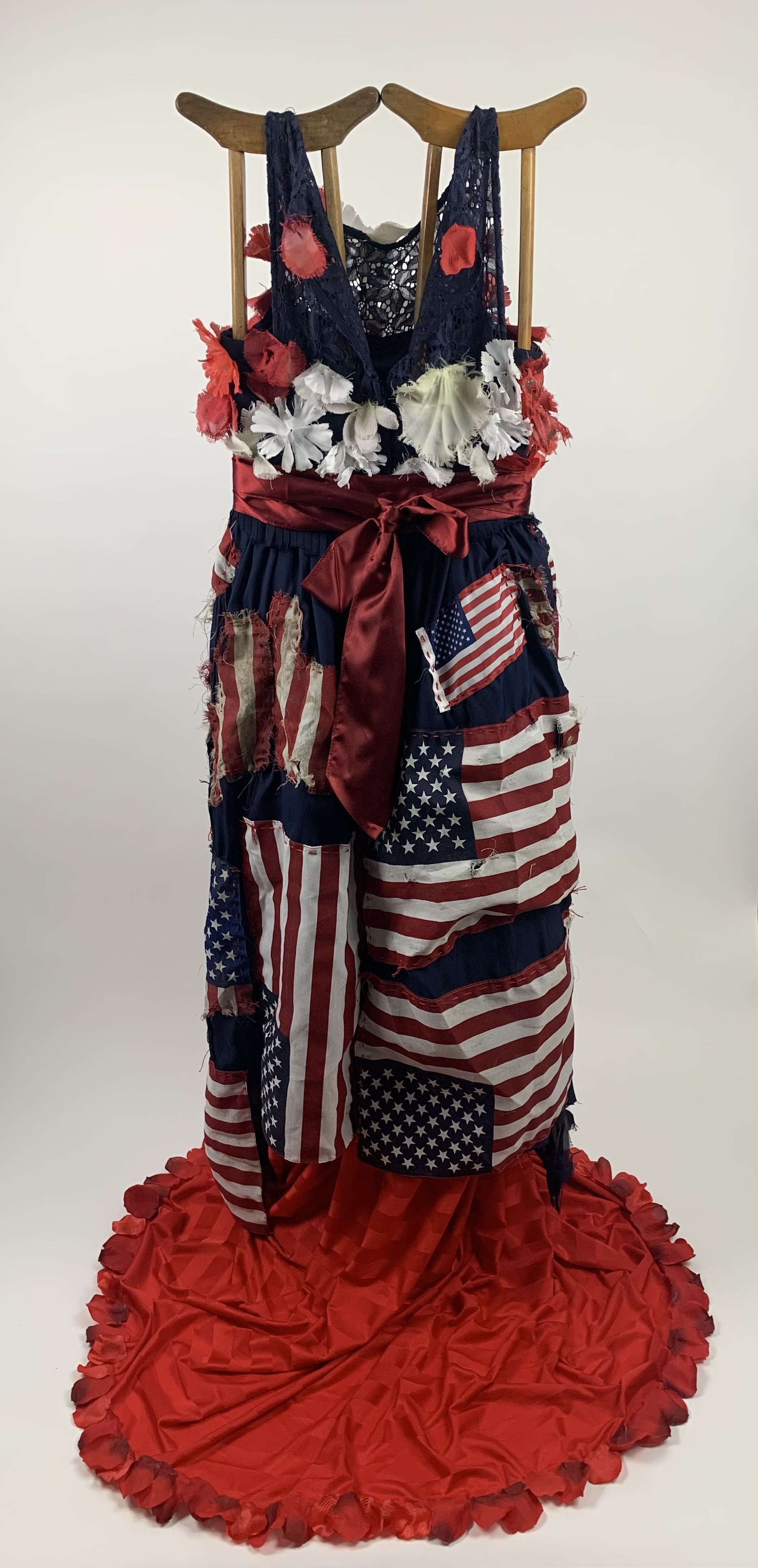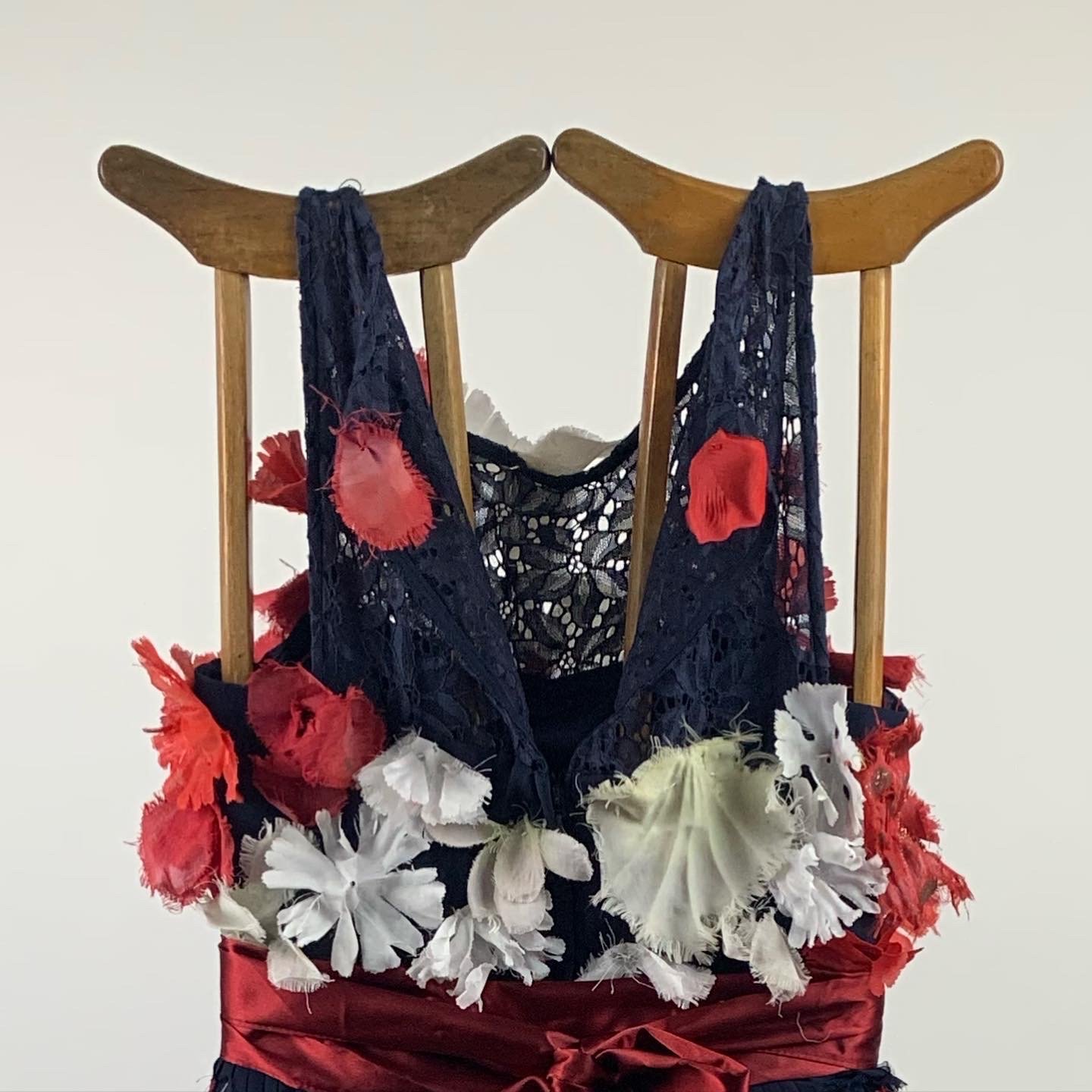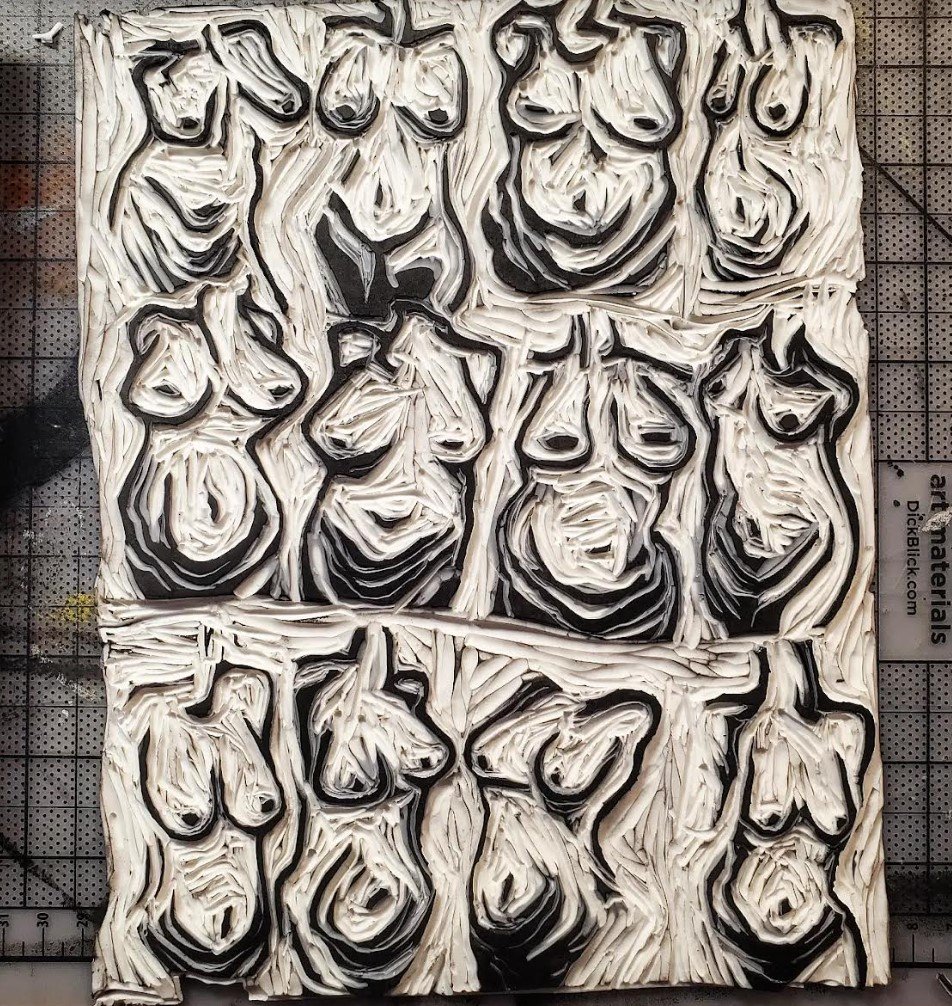The experience of pregnancy during university pushed me from the role of a young woman to that of mother. All throughout pregnancy, birth, and breast feeding, I could feel my body, from the time of gestation and the beating of this other heart nestled within, to the time I felt my body constantly dilating, pushing its extension to the brink of tearing itself apart, it was as if “I” no longer was merely psychological, it was concurrently this body, changing by the days, these heavy steps sinking, these darkening nipples, this belly everyone starting turning eyes to. The body became this thing which demands attention.
Alternatively, to be at once young artist and young mother clashed against one another, and produced a continual confict of roles : one dedicated to self-realization , the other devoted to self-sacrifce. Going back and forth between these two identities then forced me to ask myself : “Am I my body?”, “What in truth, is motherhood?”, “How can women renew theway they see themselves?”
“MAMA LU”, the title of the books is a more formal name to the mother of Lu family. This character is myself, but also my mother, every mother Lu that has or and have yet to come, and every person who receives her title of “mother + family name”.
Although on the surface, society encourages women when they are pregnant, it still silences them under the authority of an invisible structure. Even after feminist movements and protests, there remains in the shadows, repressed and latent, the anguish, whether about the unspoken rules of household chores repartition, or in past generations, about how women were held back, without means of self-realization: all the regrets it left. In my name and in theirs, I would like to say some things, to let this book serve as a one-time manifesto, that it can meet and be met by all the Mama Lu, reach out to all the people whose wish it is to meet Mama Lu.
“MAMA LU- Alchemy” borrows the appearance of a traditional concertina bookbinding to substitute a pregnant body and reflect on it, printed with the writings penned during my pregnancy, the artwork has two layers of reading : the first, on the physical experiences accumulated into journal-writing, reveals what of body transformations and inner perceptions was unseen to society; the second is about reflecting on the questions of gender politics in the history of Chinese art , to the brief period in the history of ink painting, when literati painting prevailed. Women weren’t given the authority to create, and those who left their name to history were either the daughters or mistresses of male artists. When there are essentially no woman self-portraits preserved, there is no way for me to find historical references about the body and self-desire, hence I want to create in the medium of ink painting a space for this to be spoken, and I recognize the artist book as an simple way to produce the manifesto to carry this idea.


